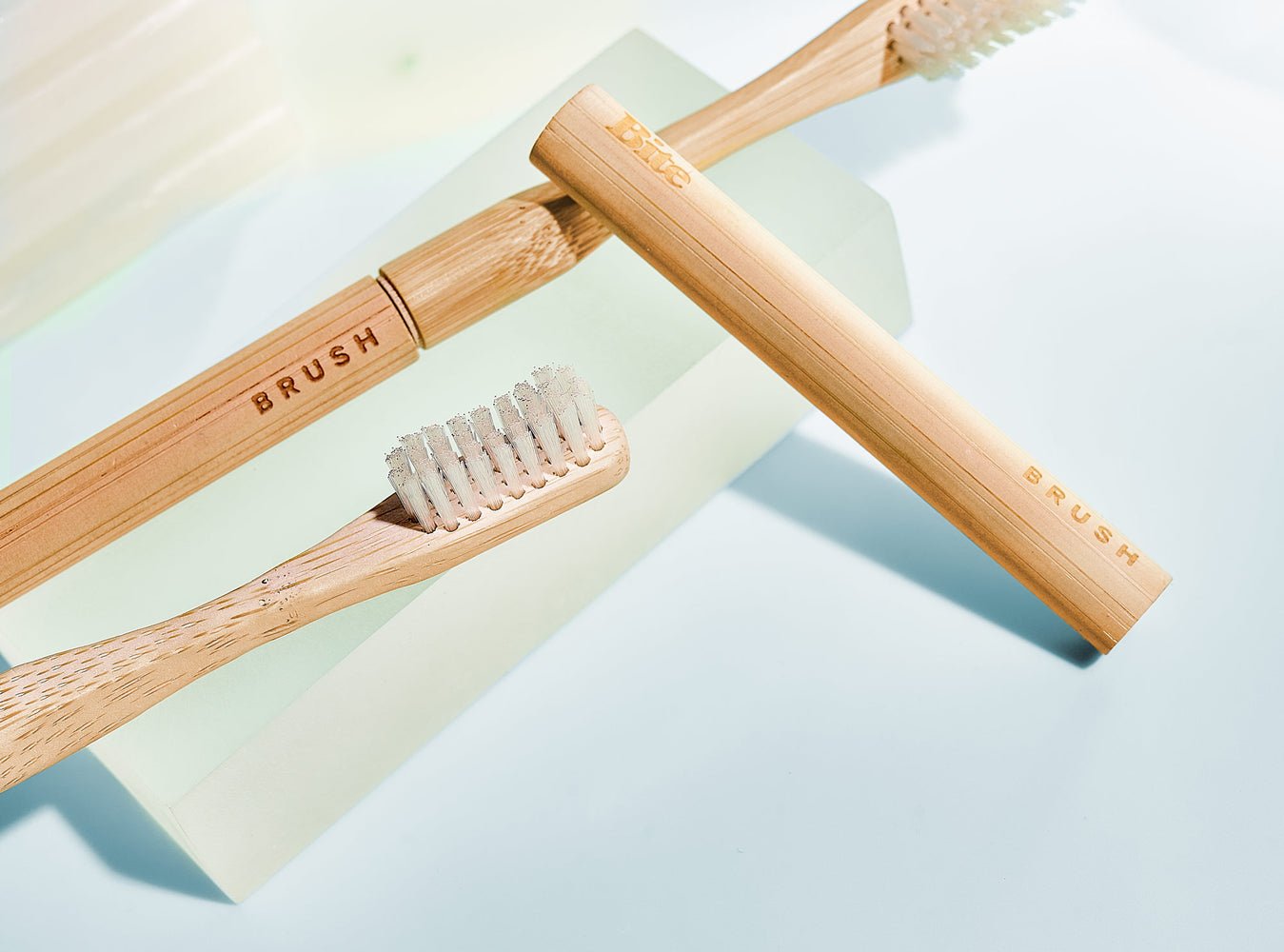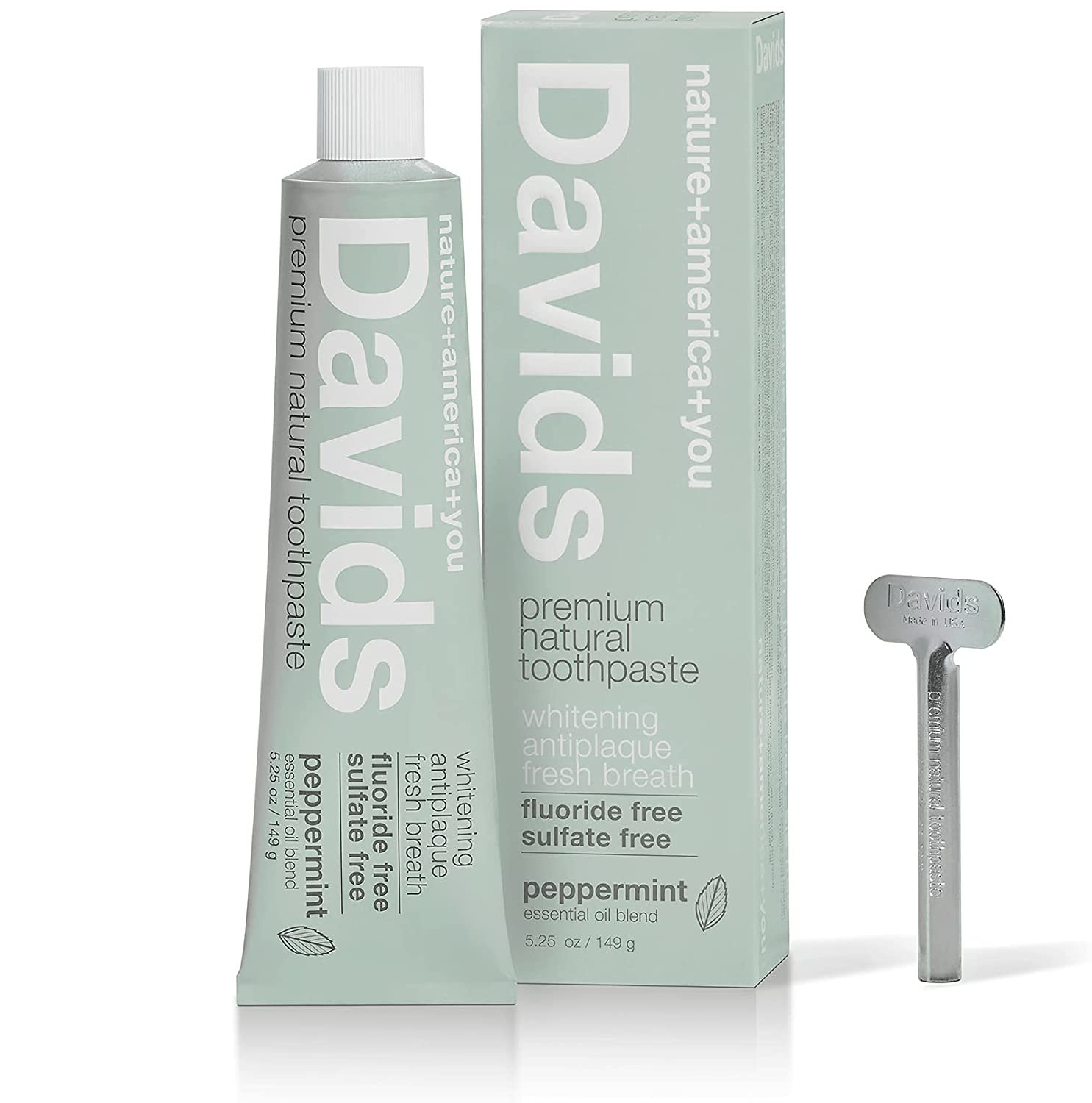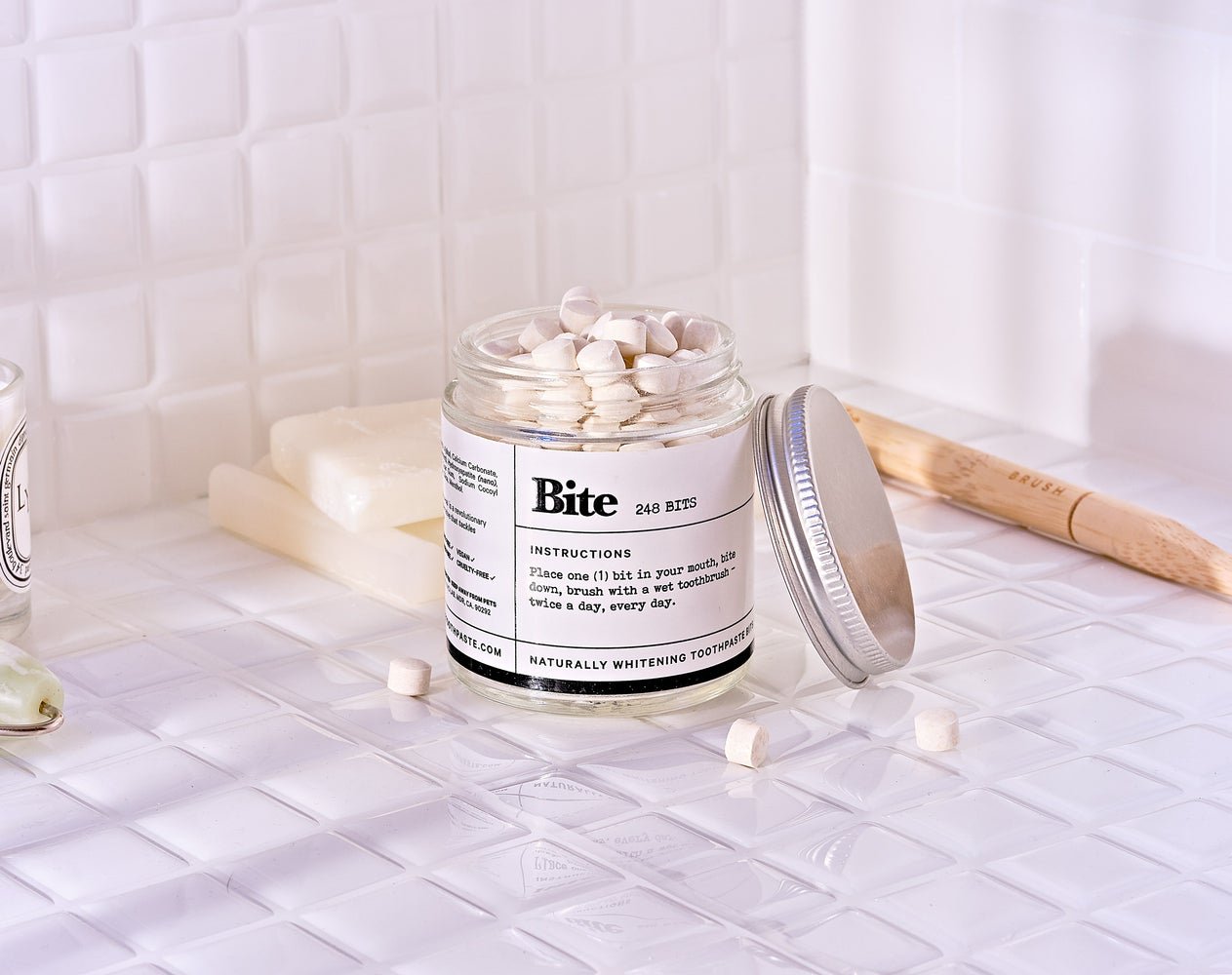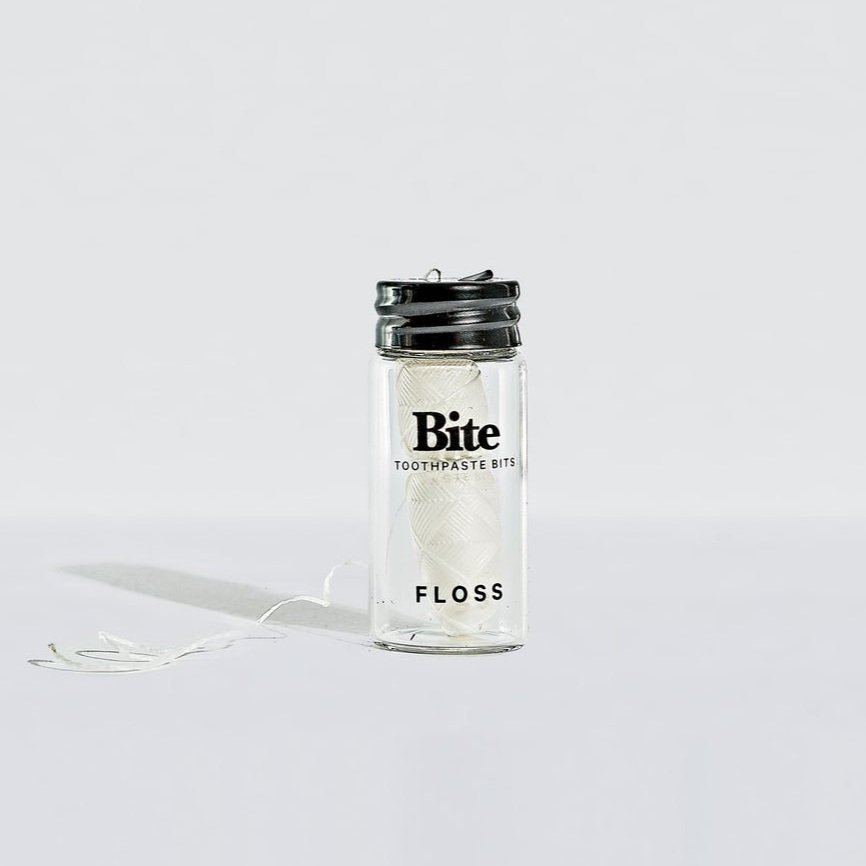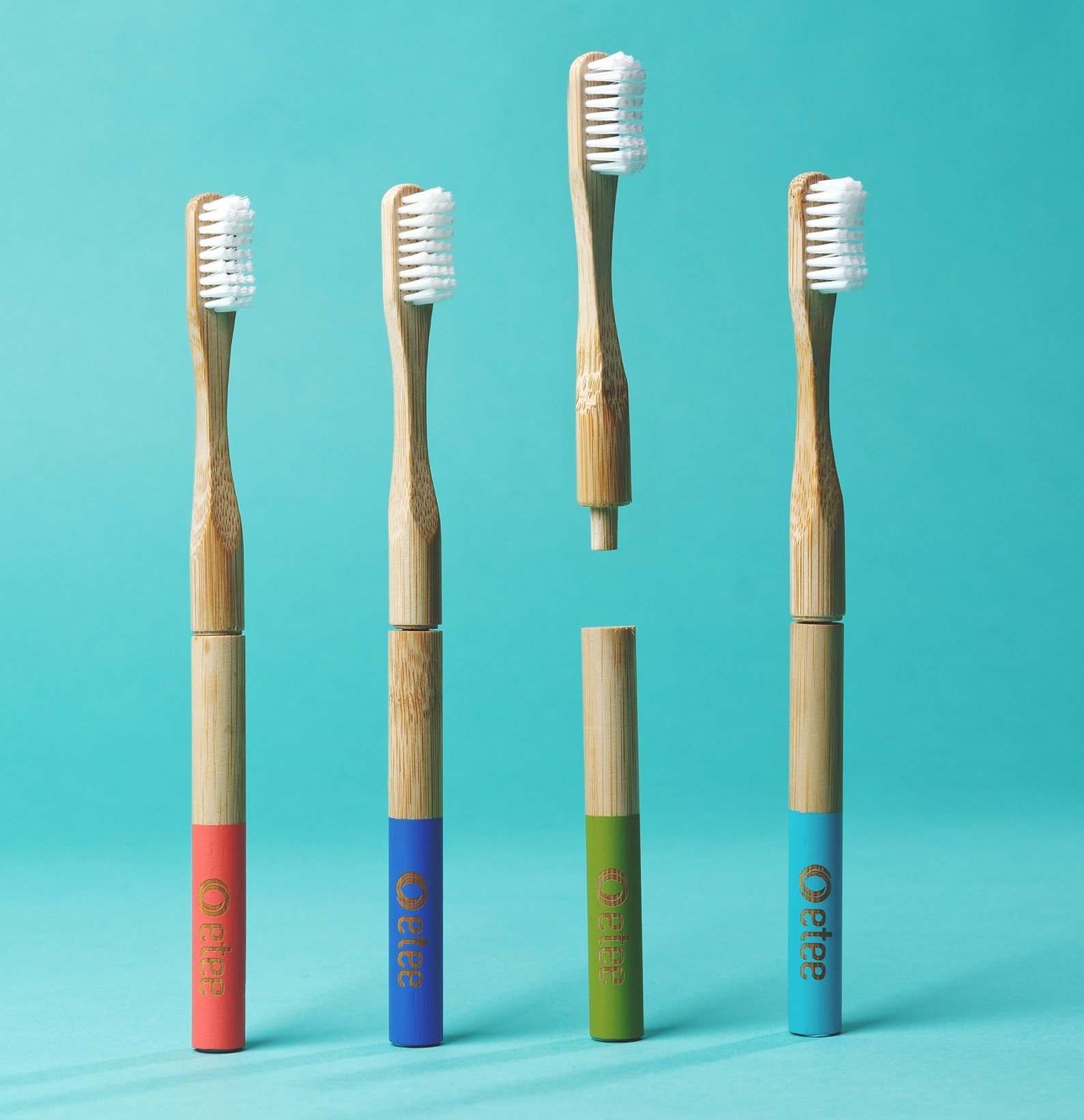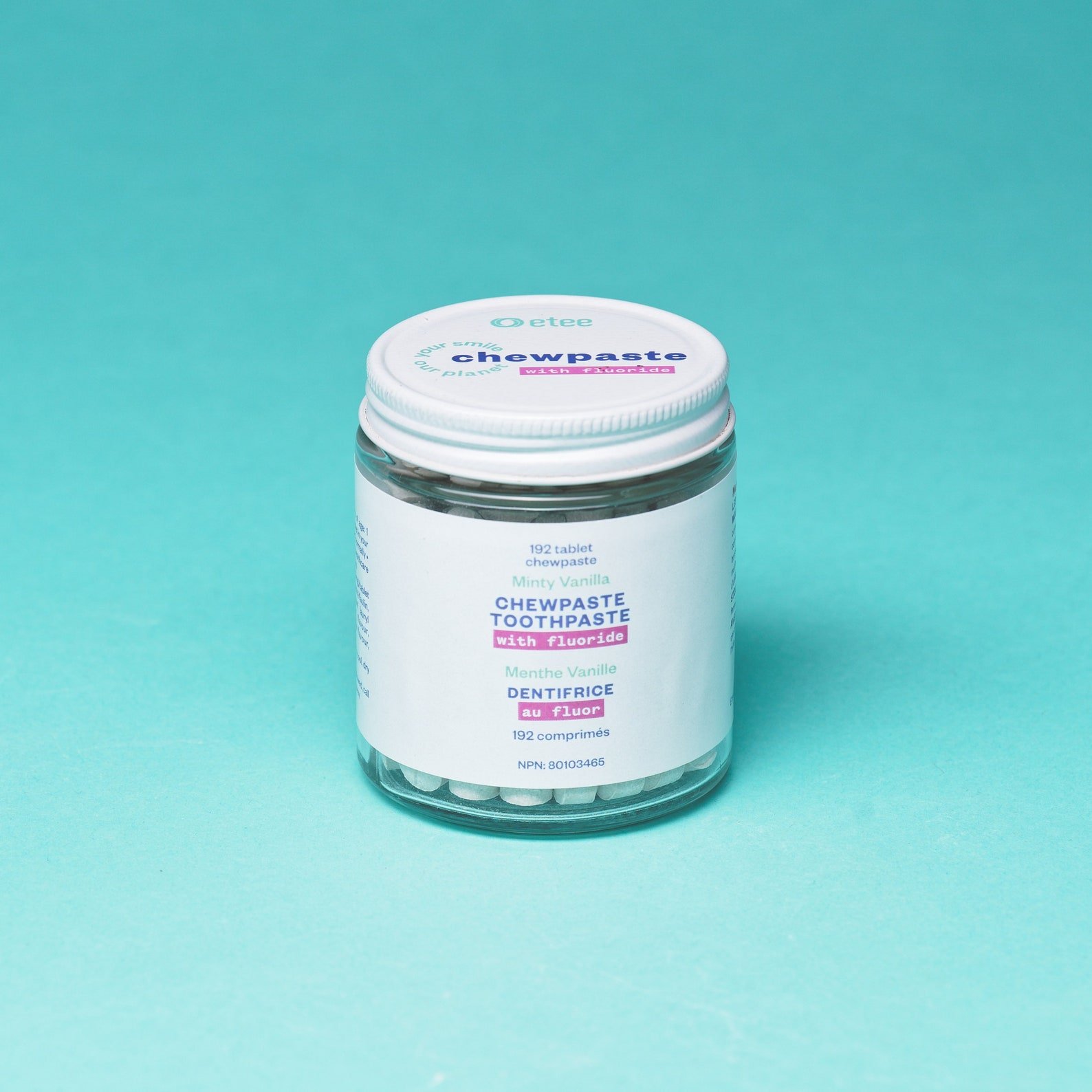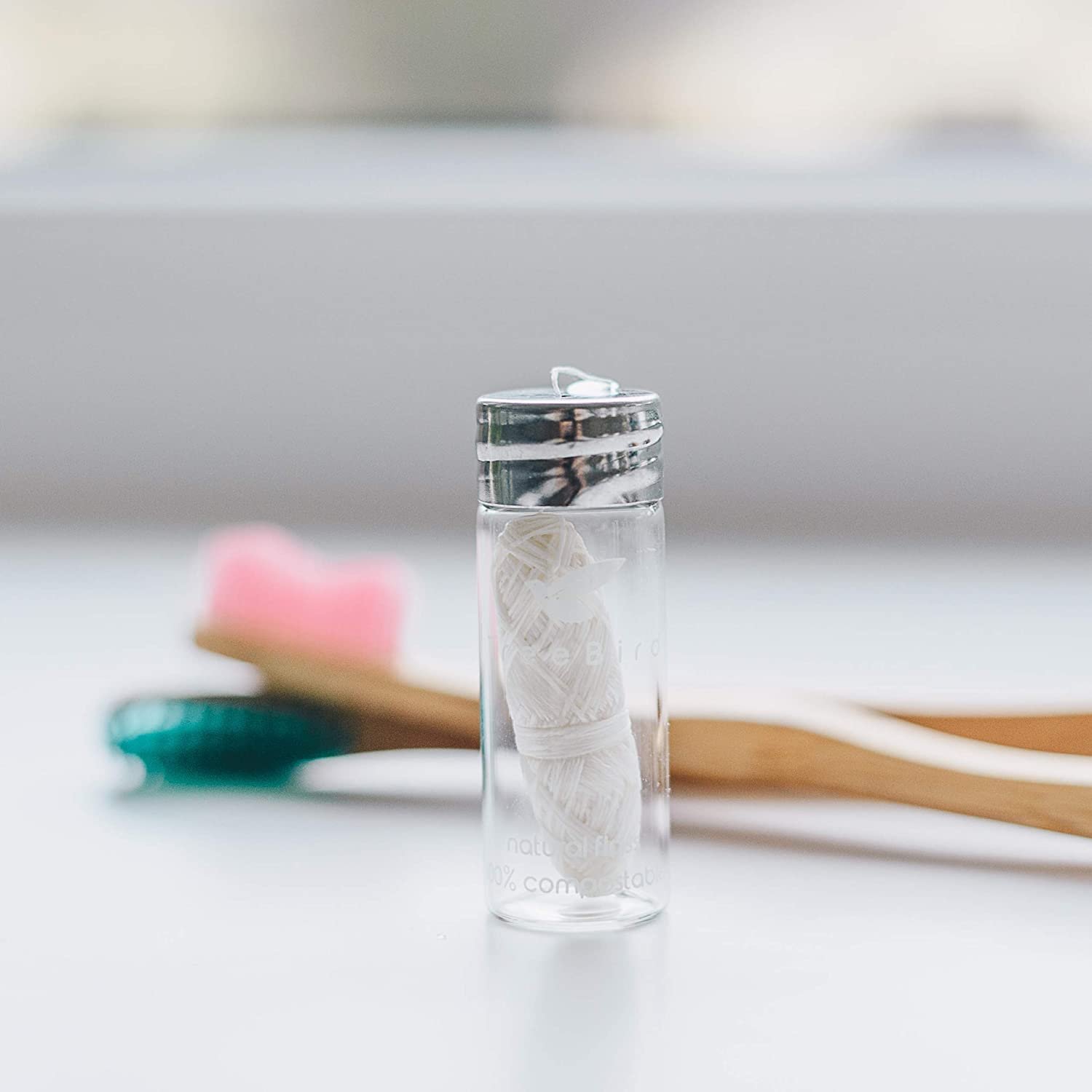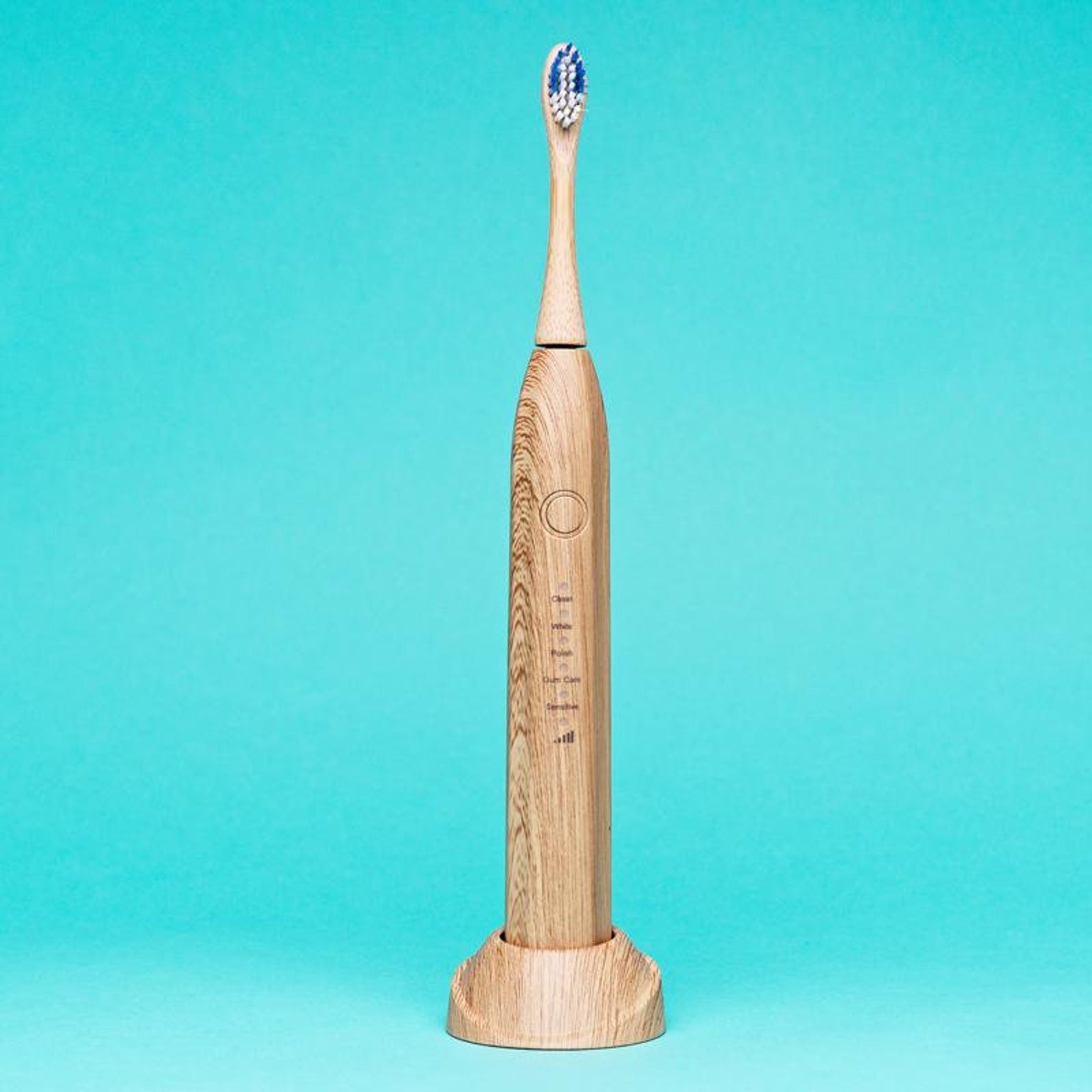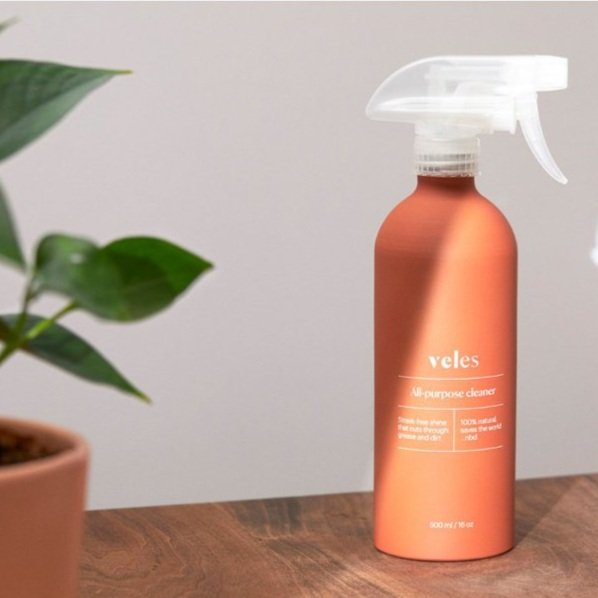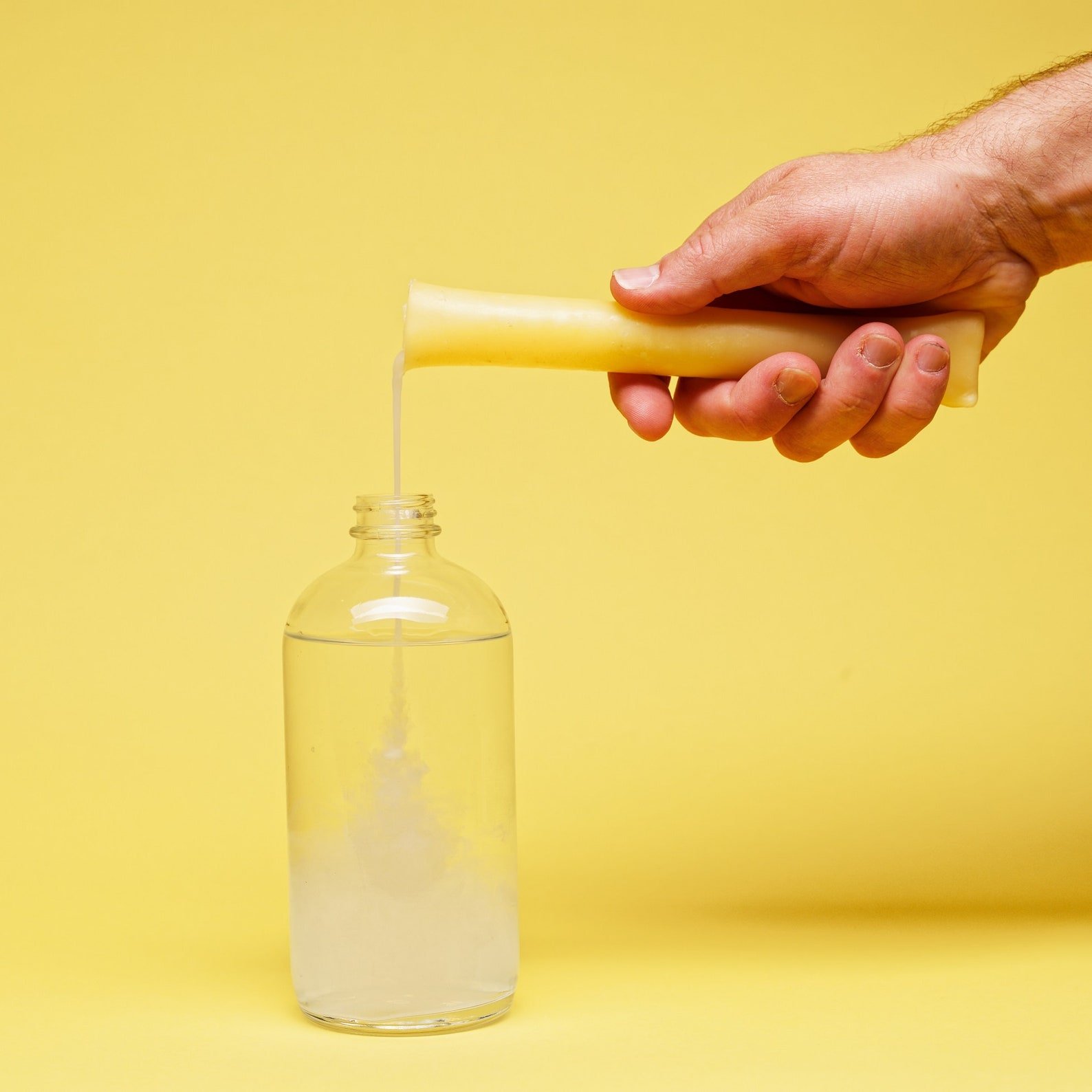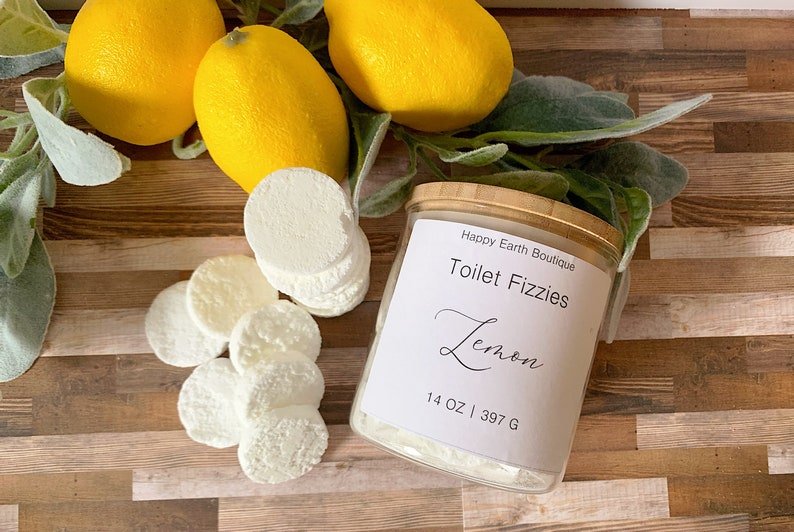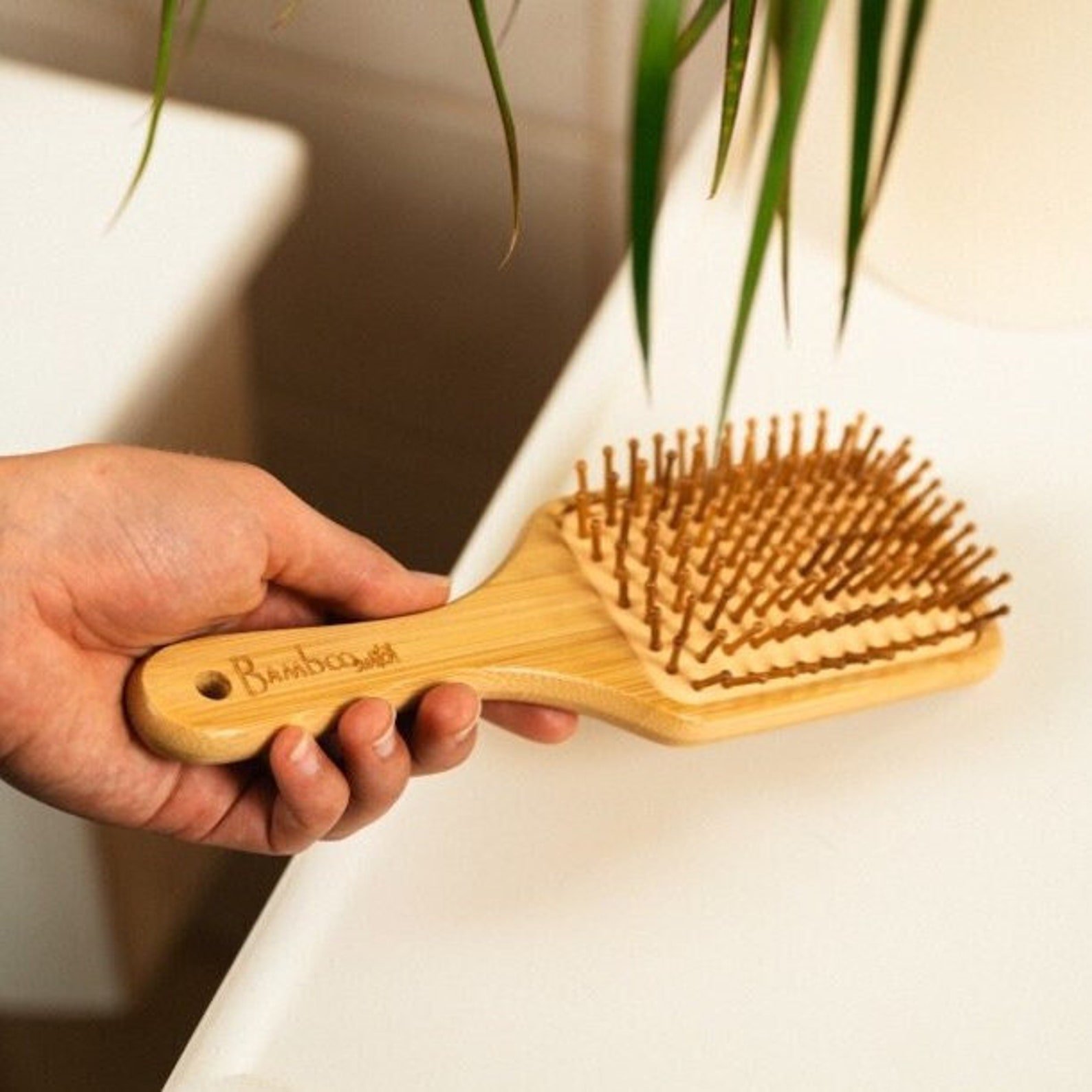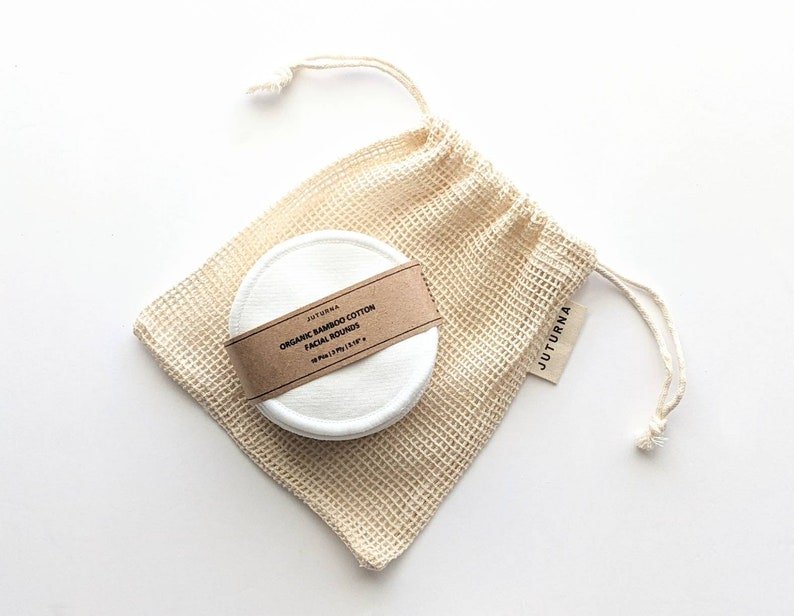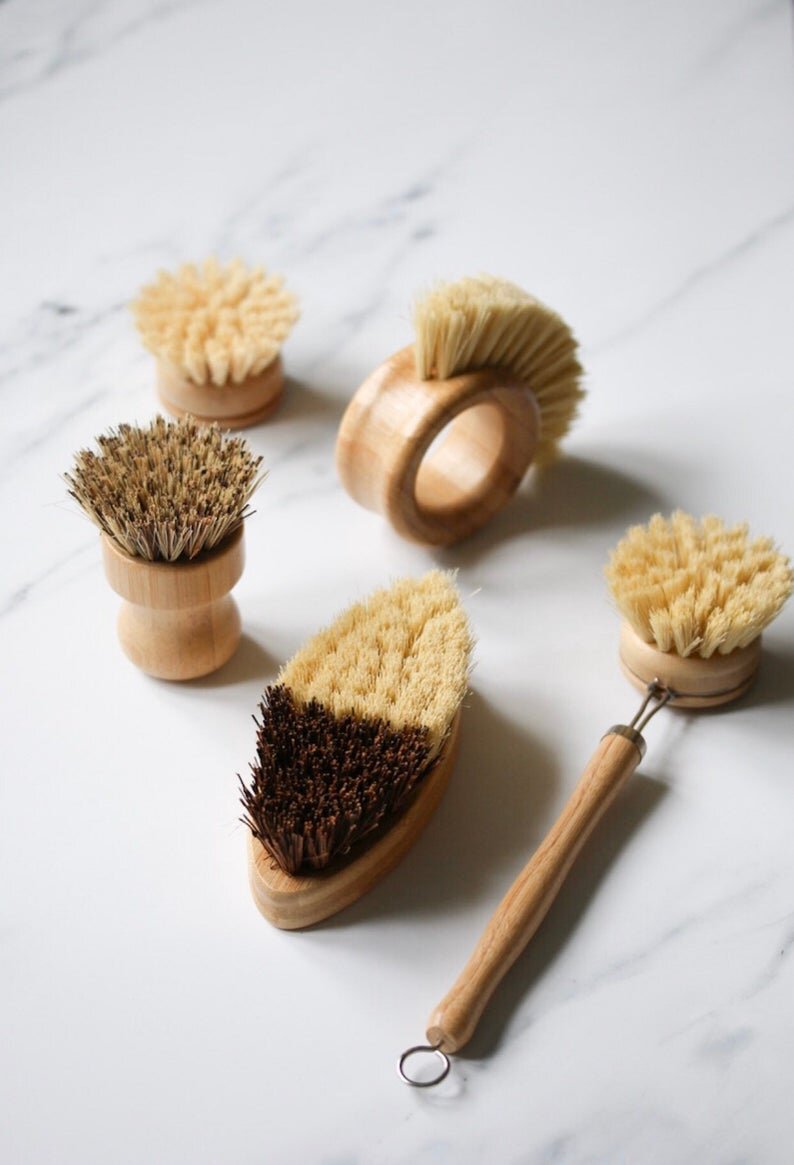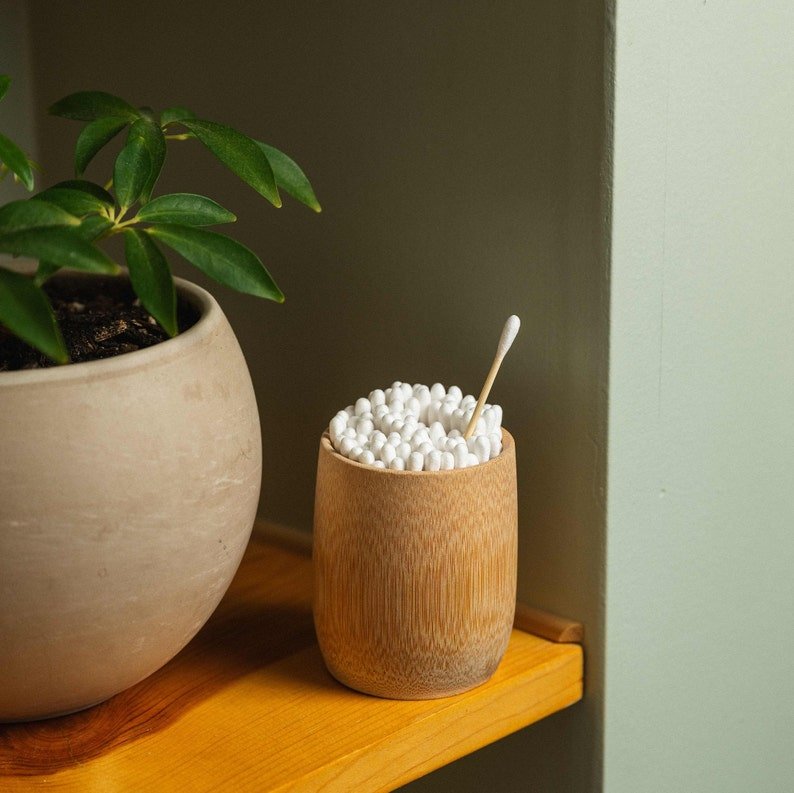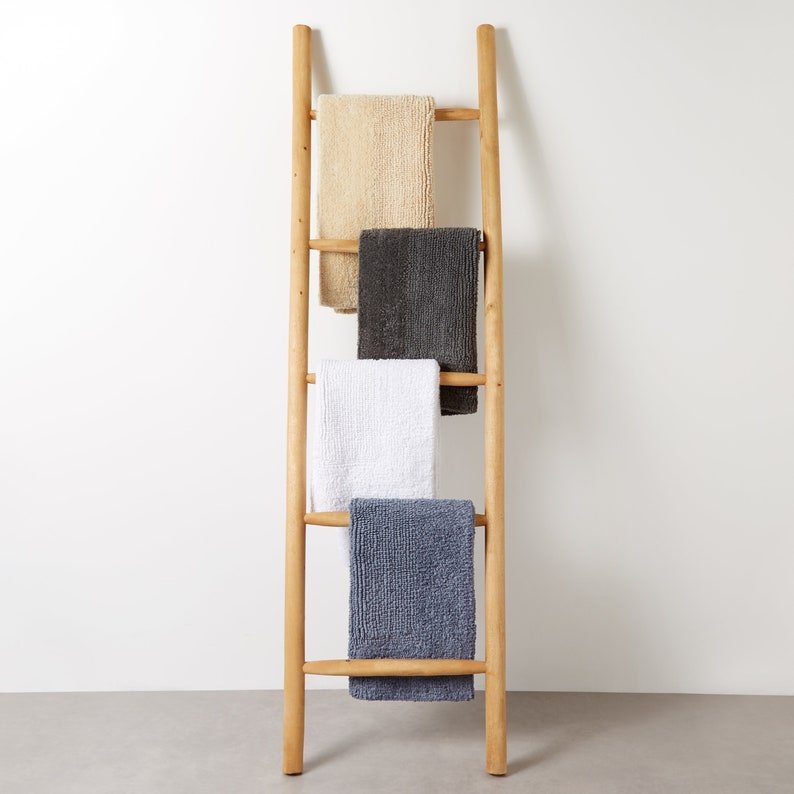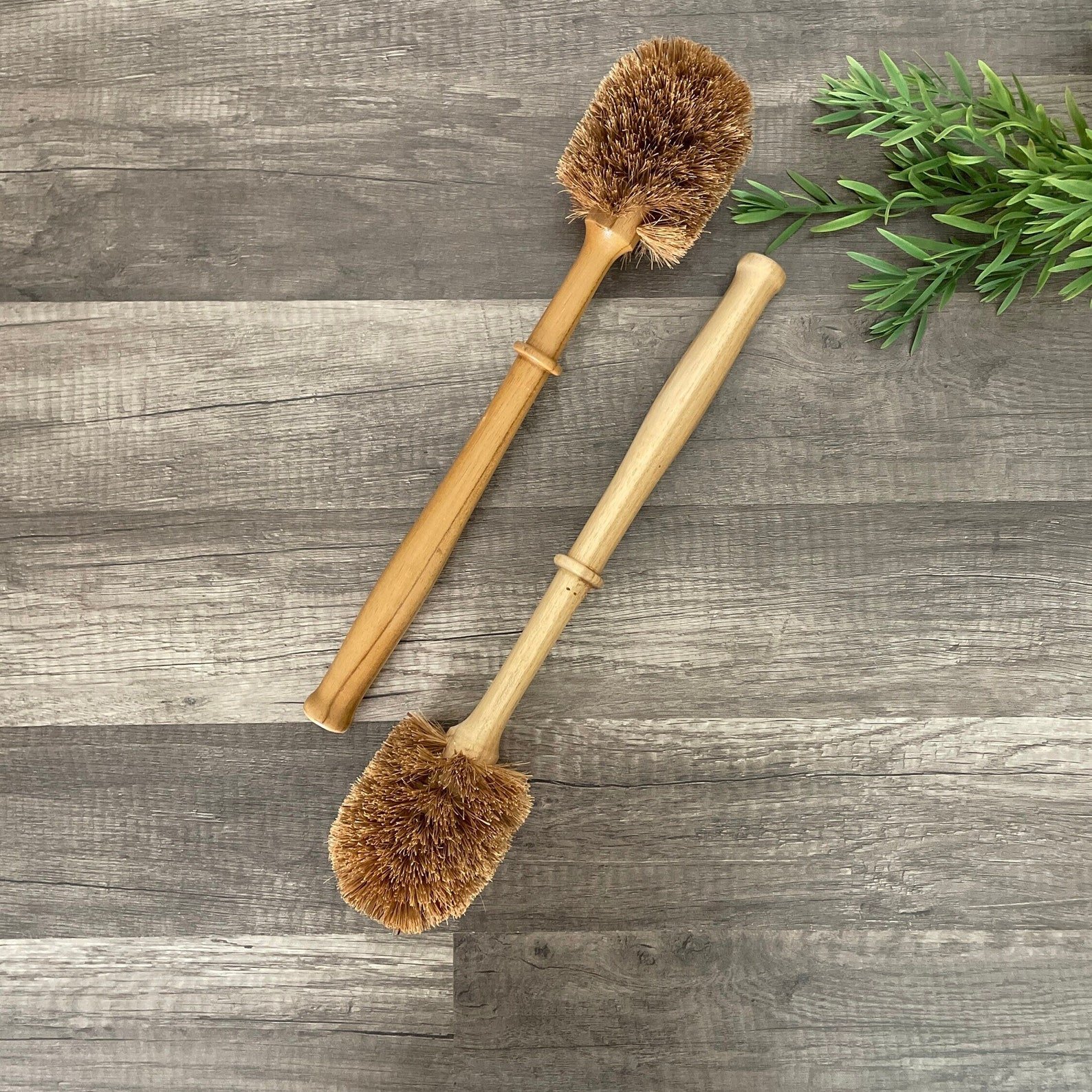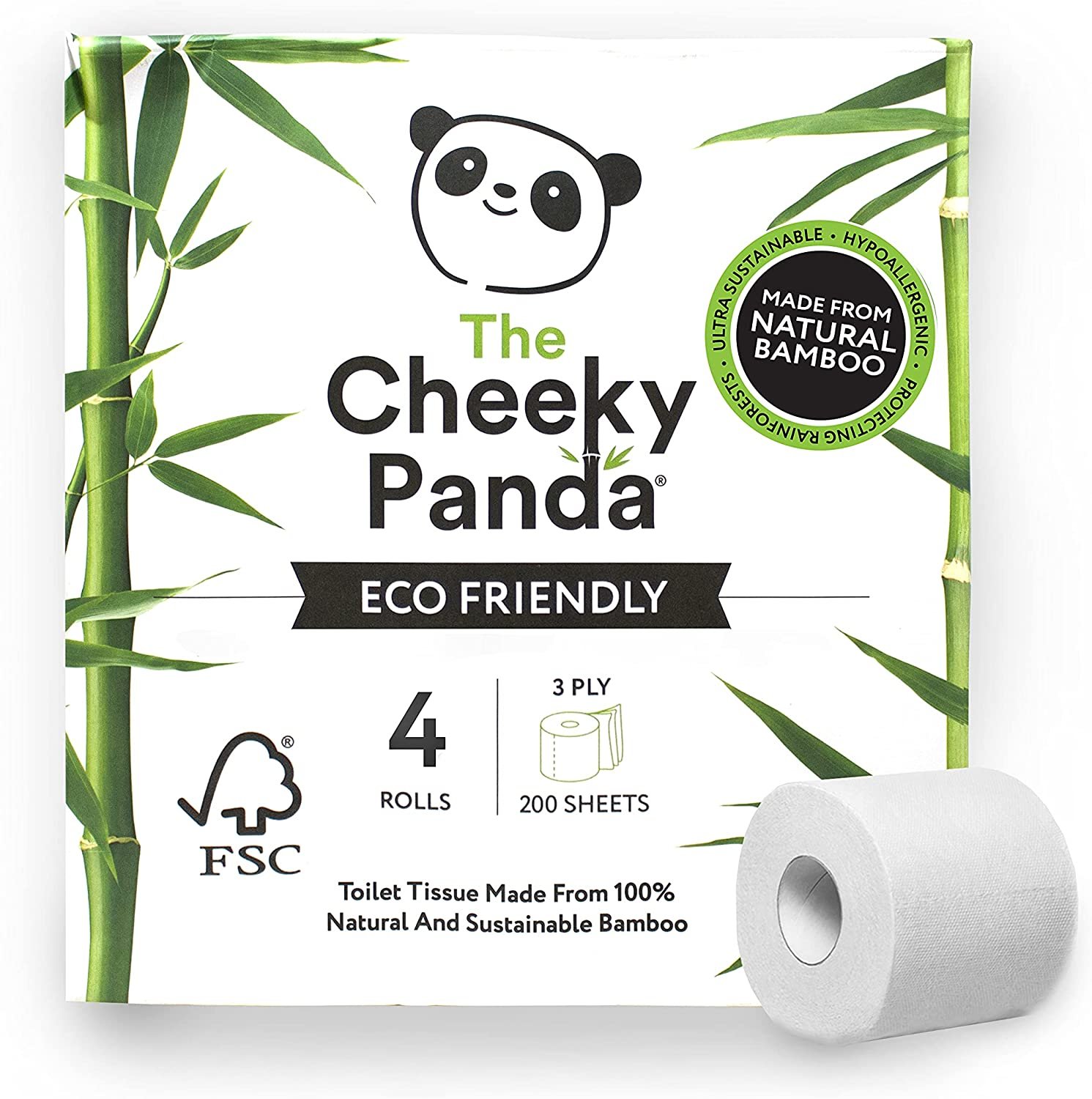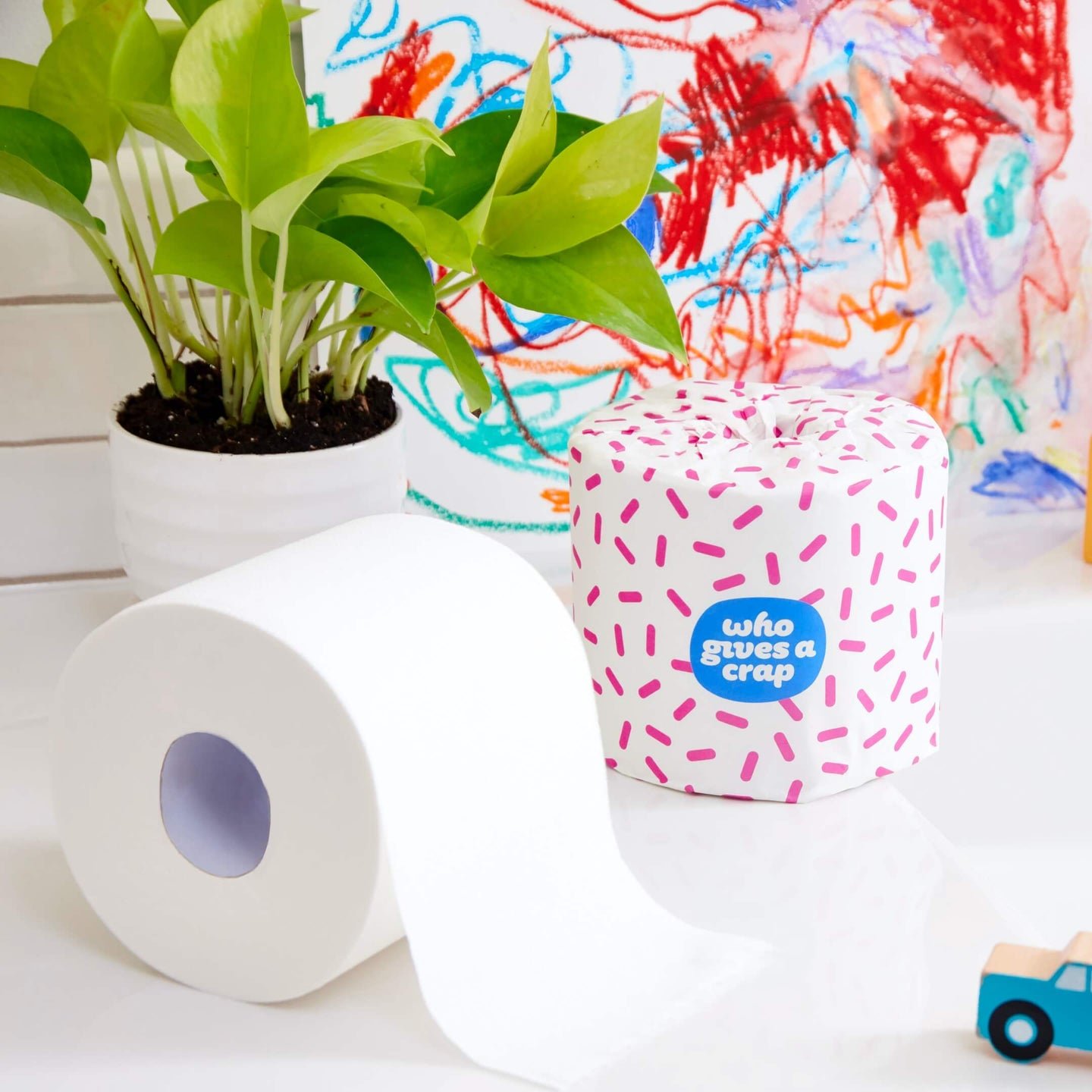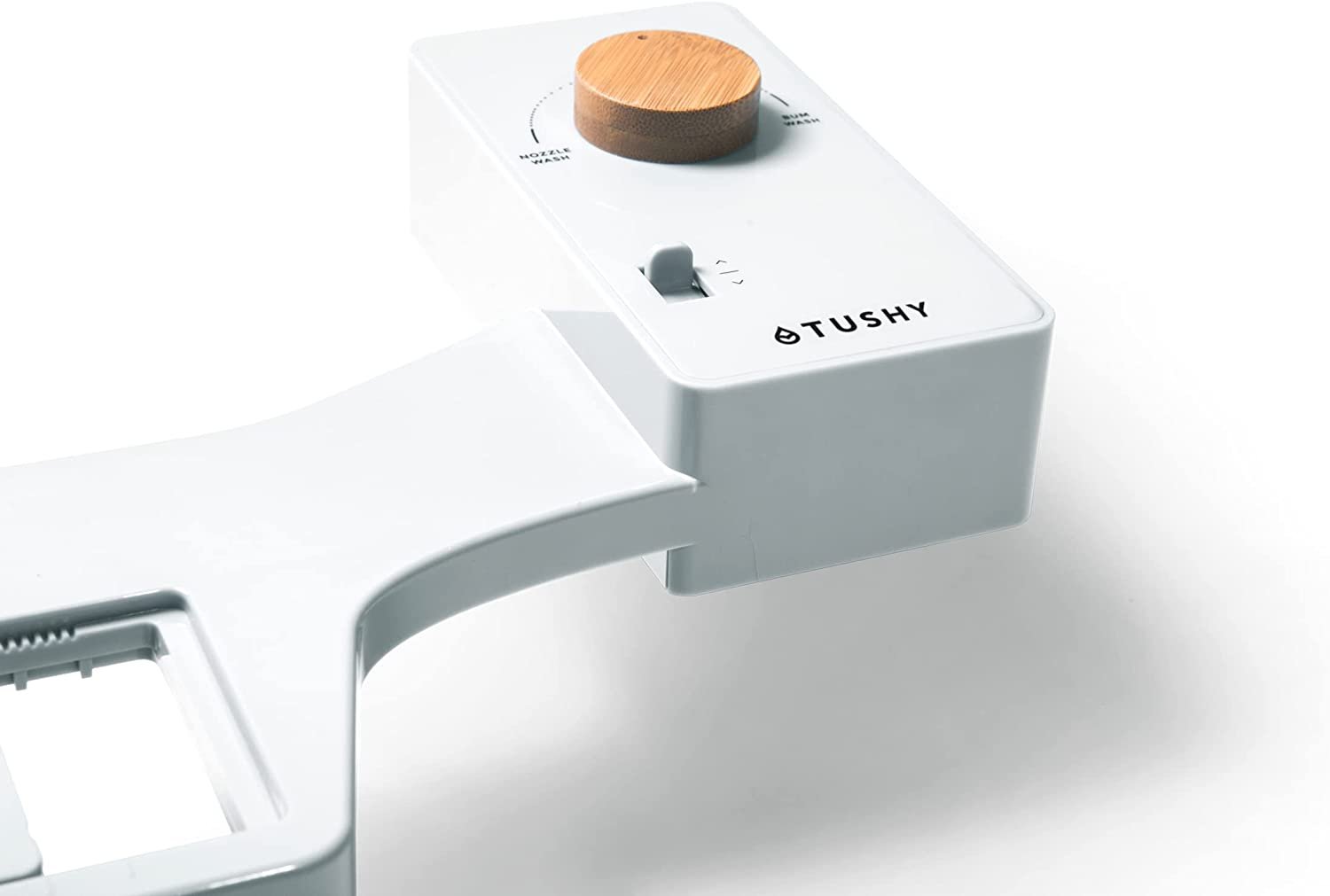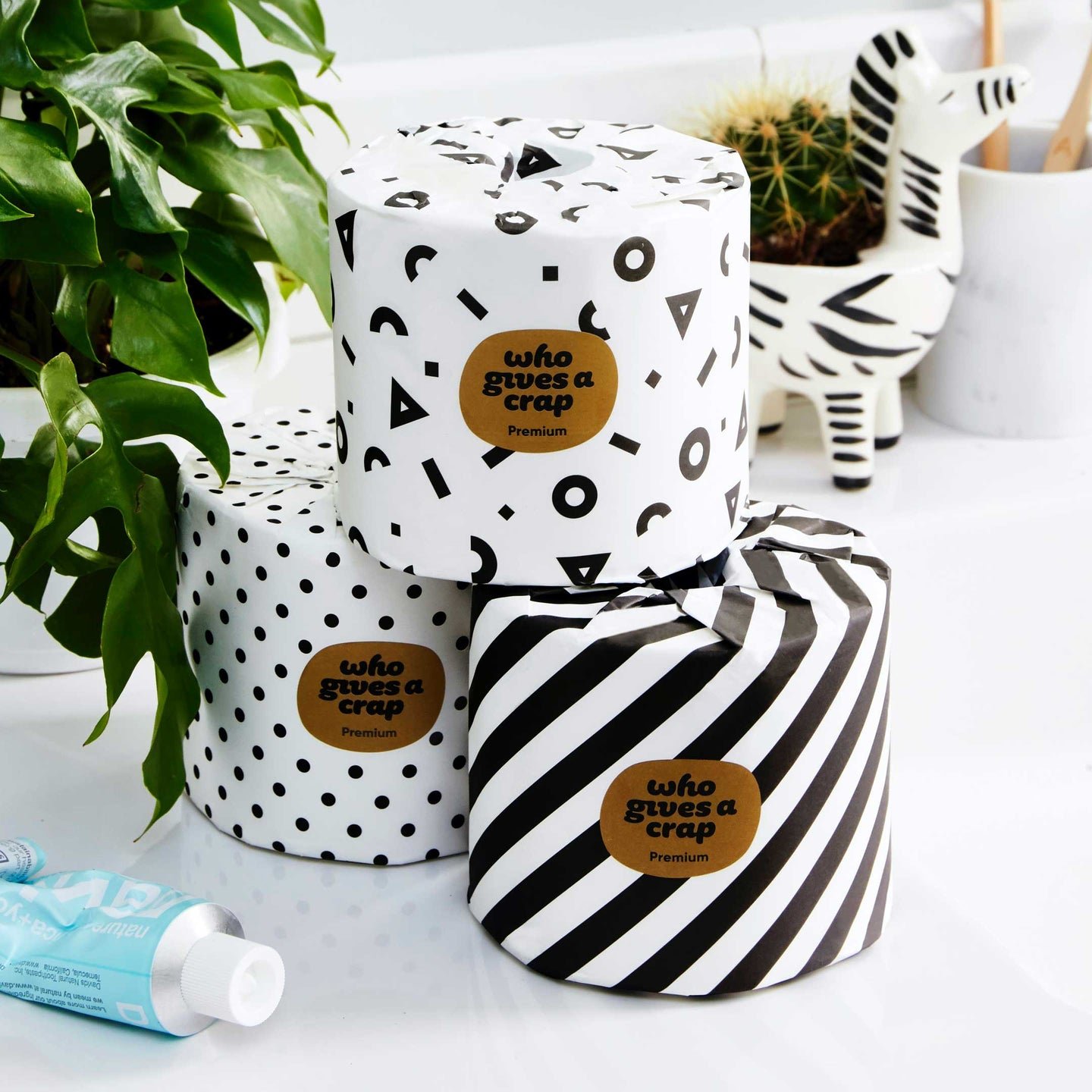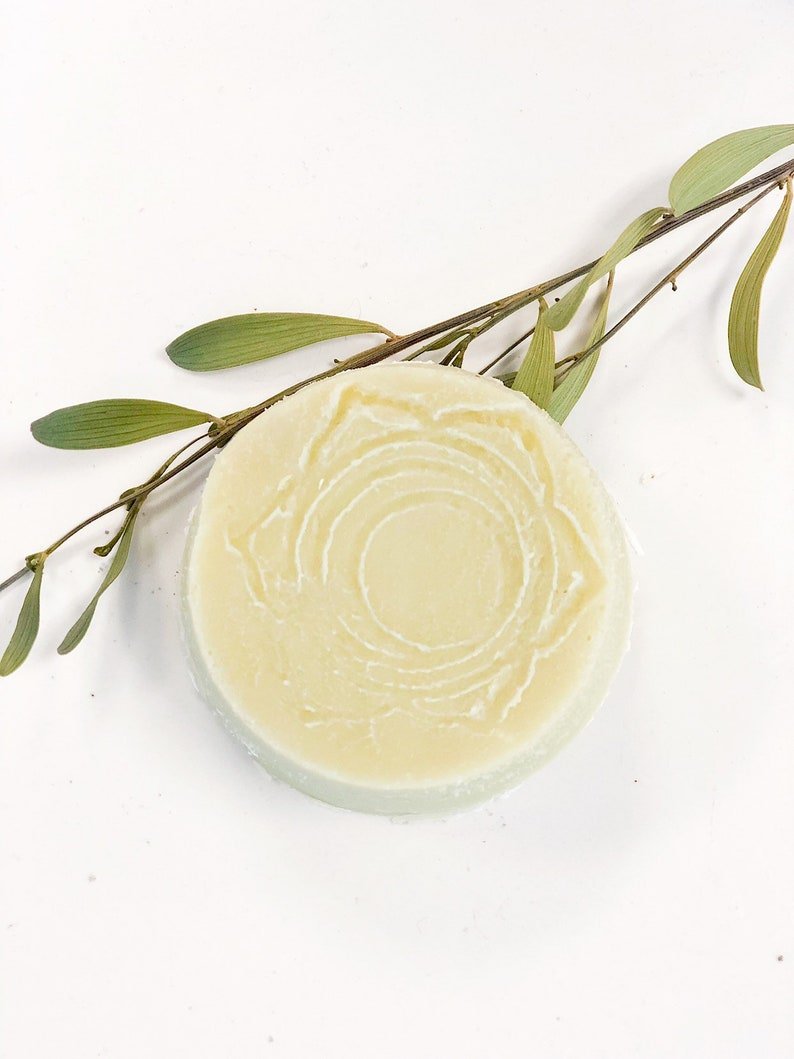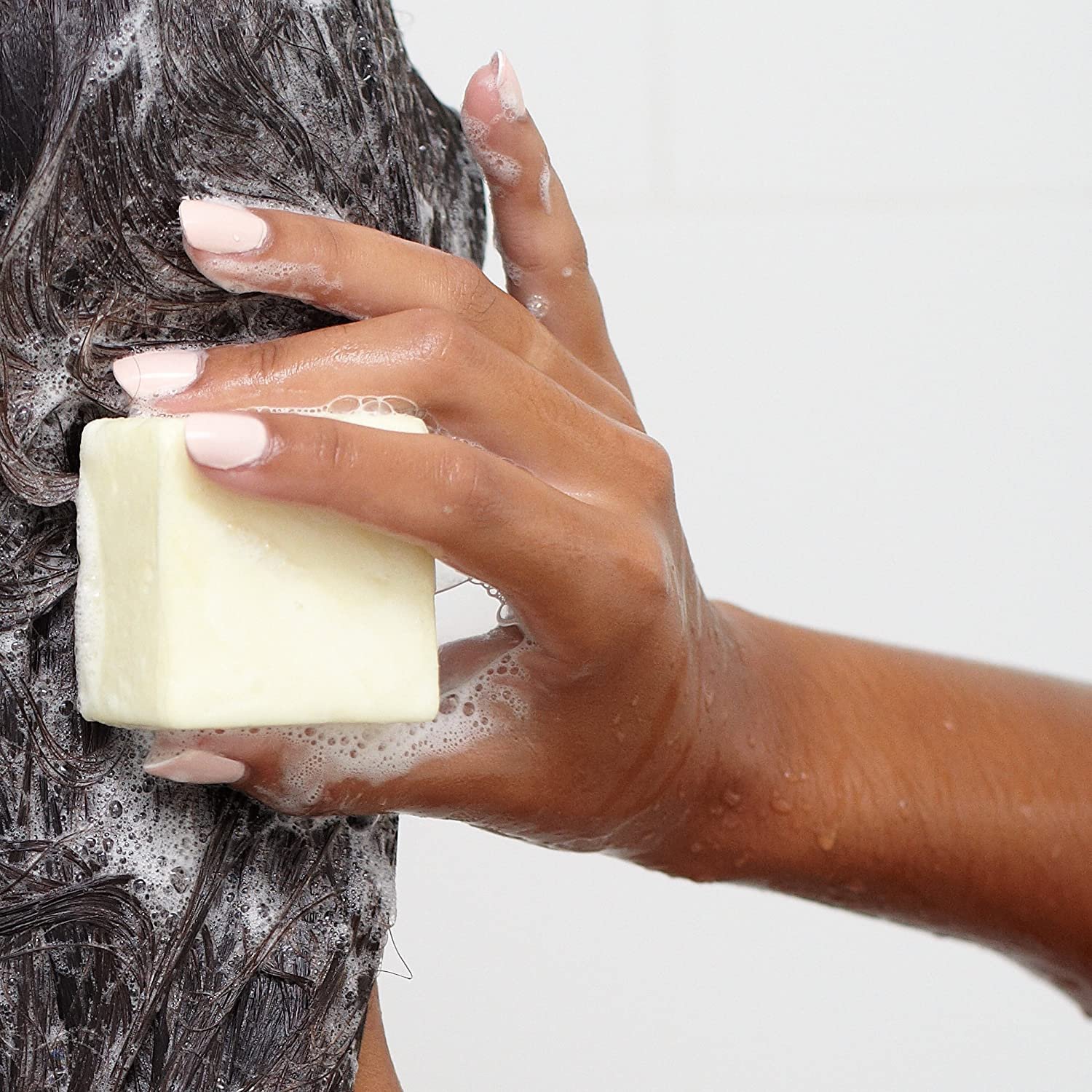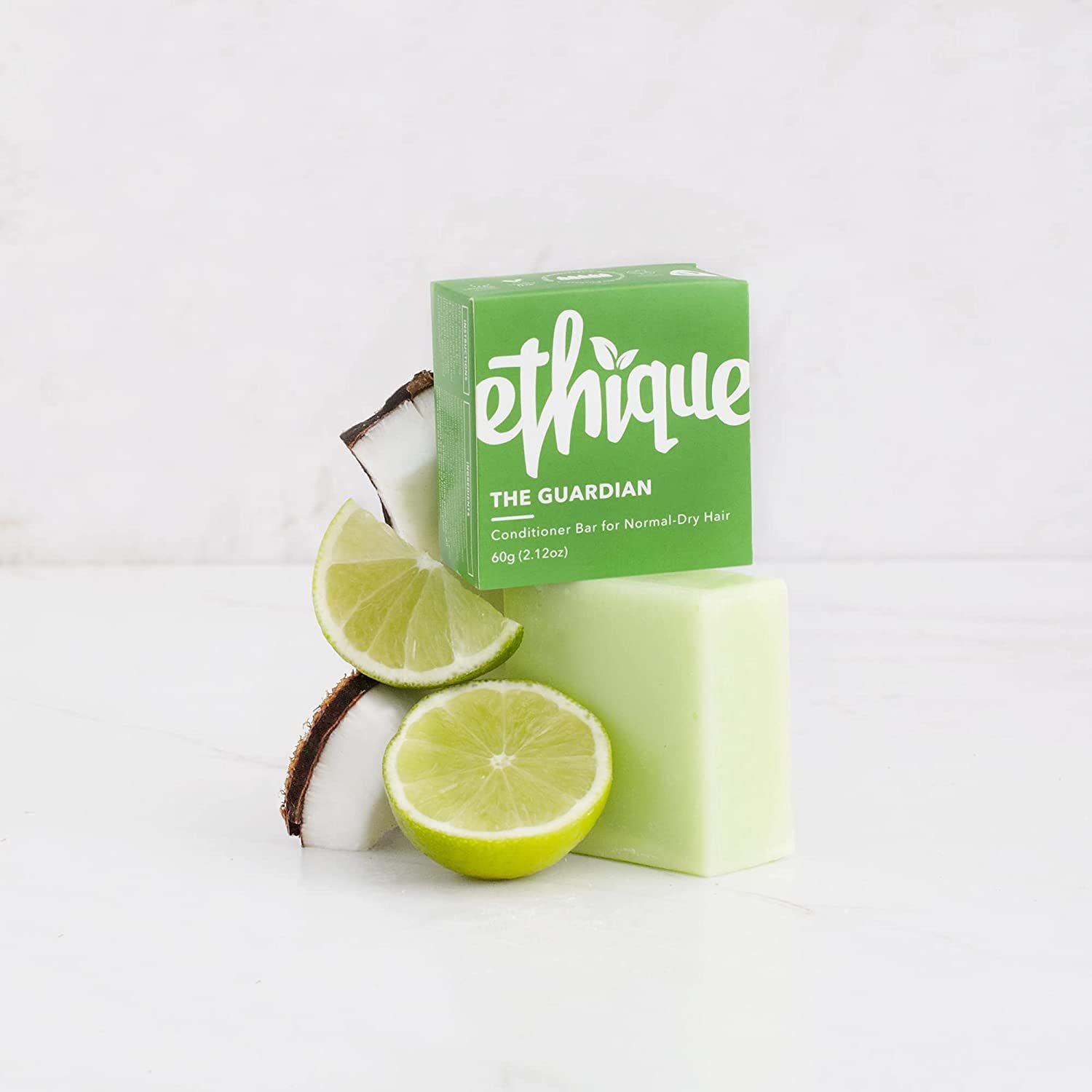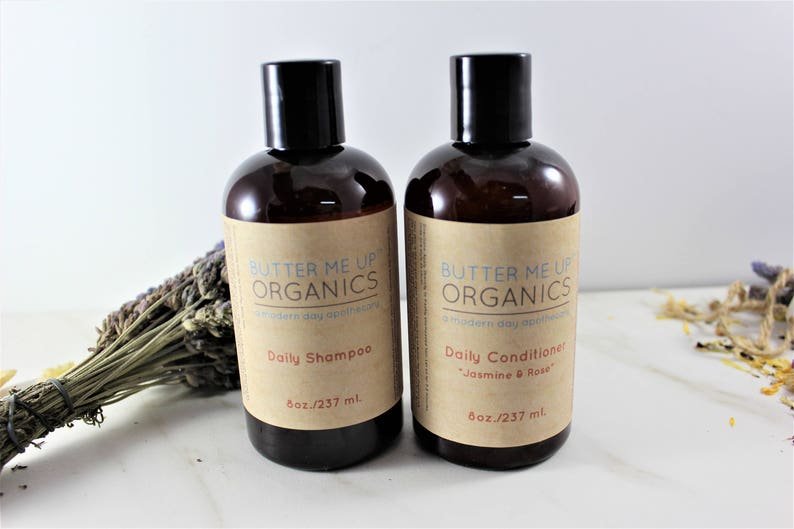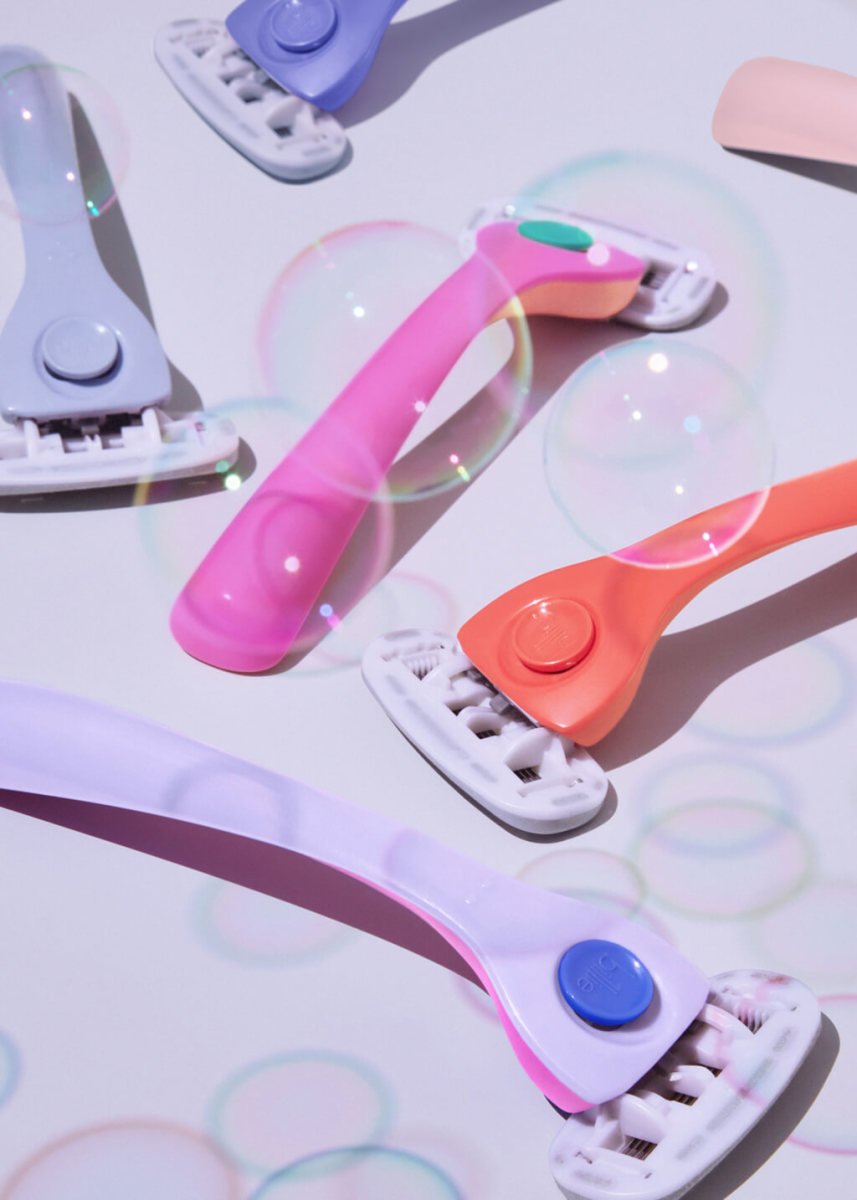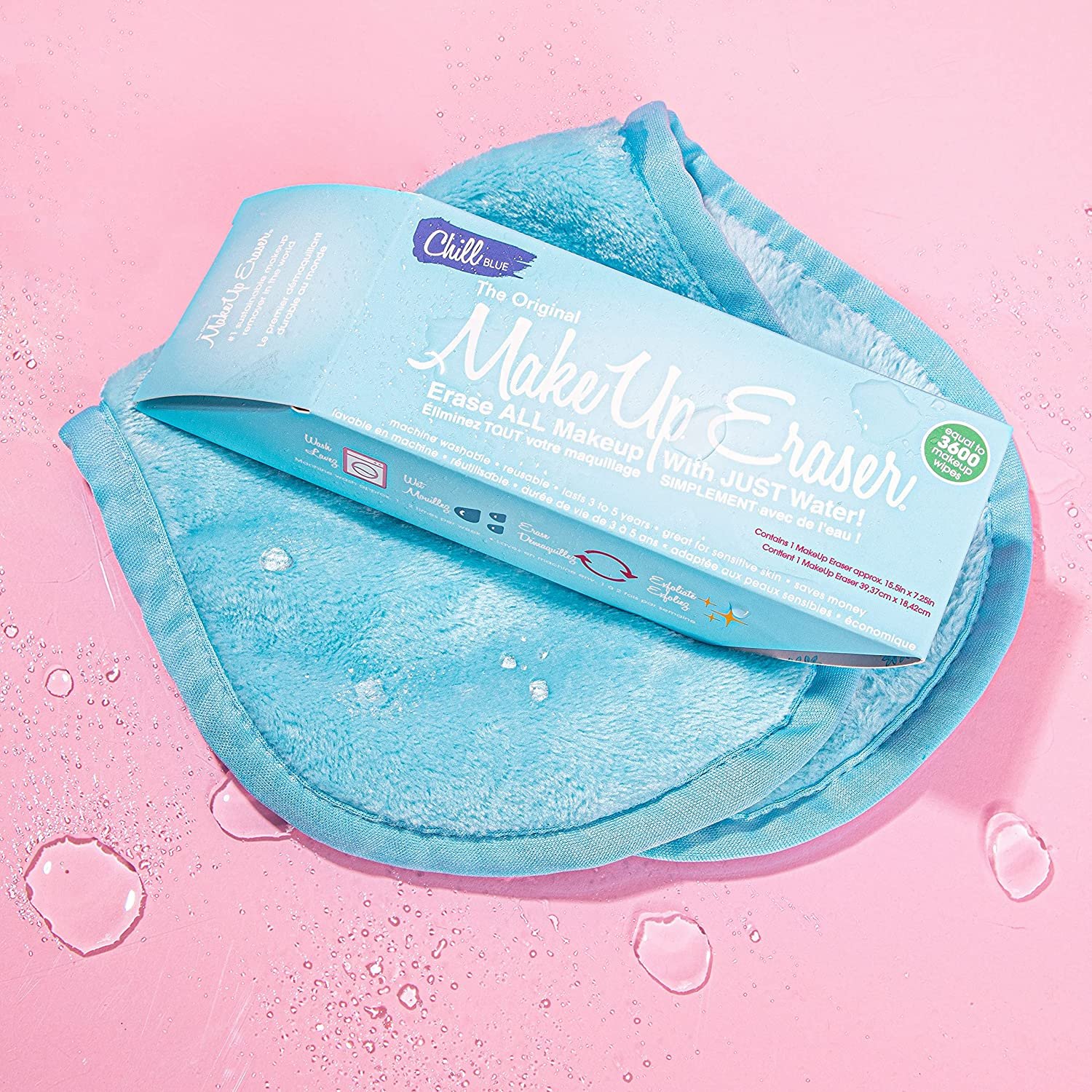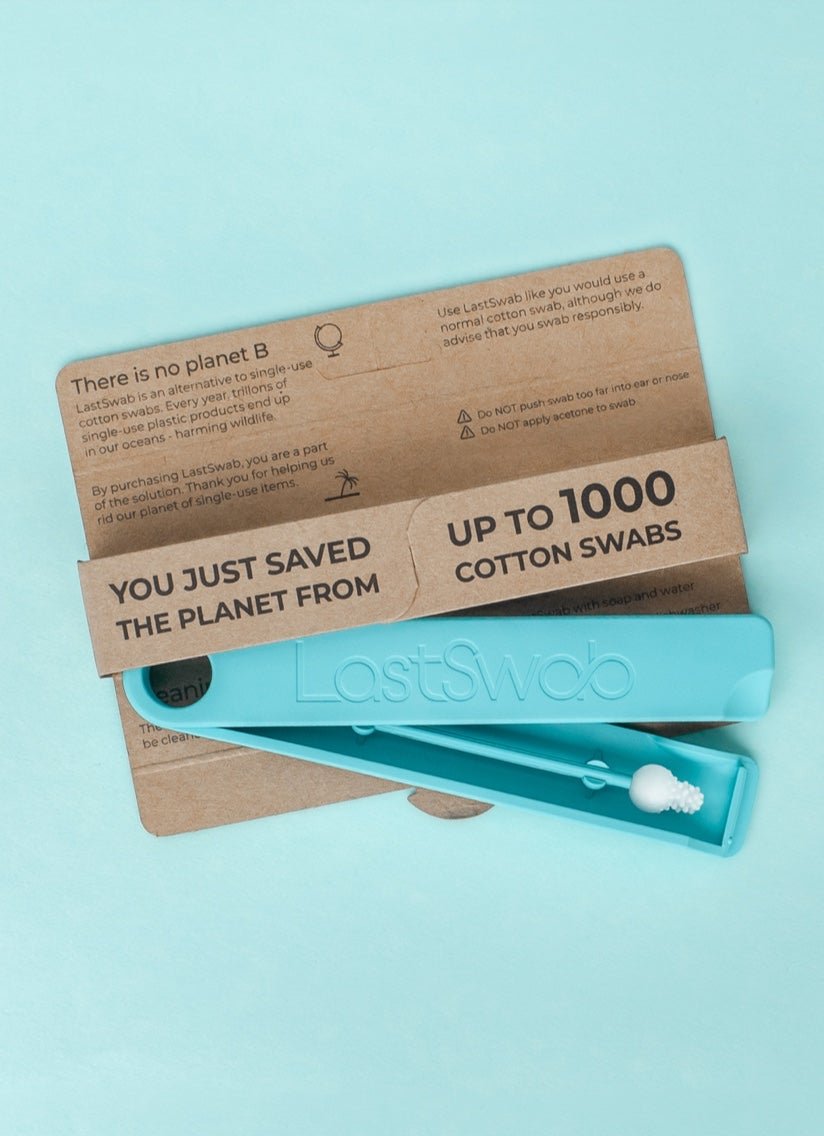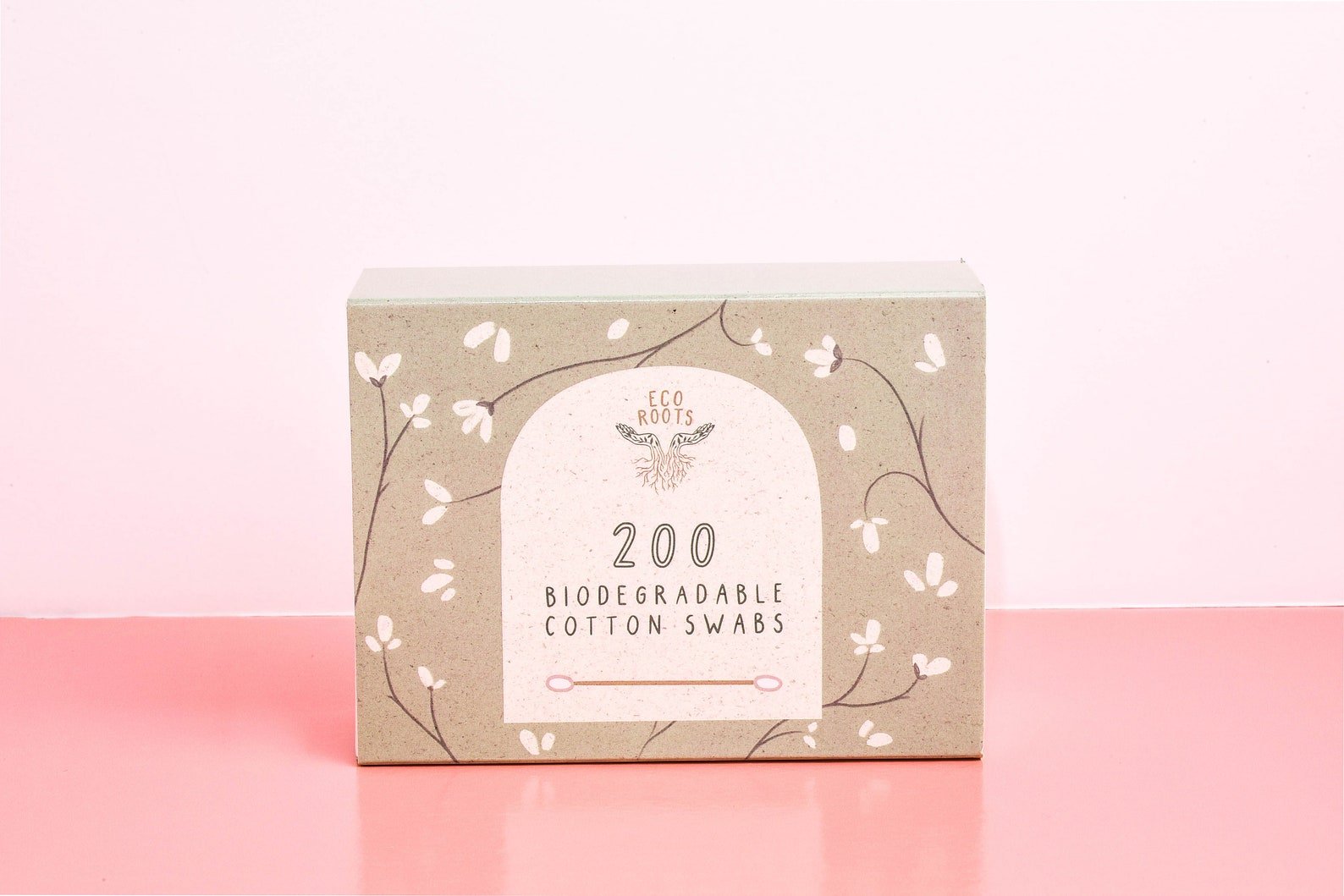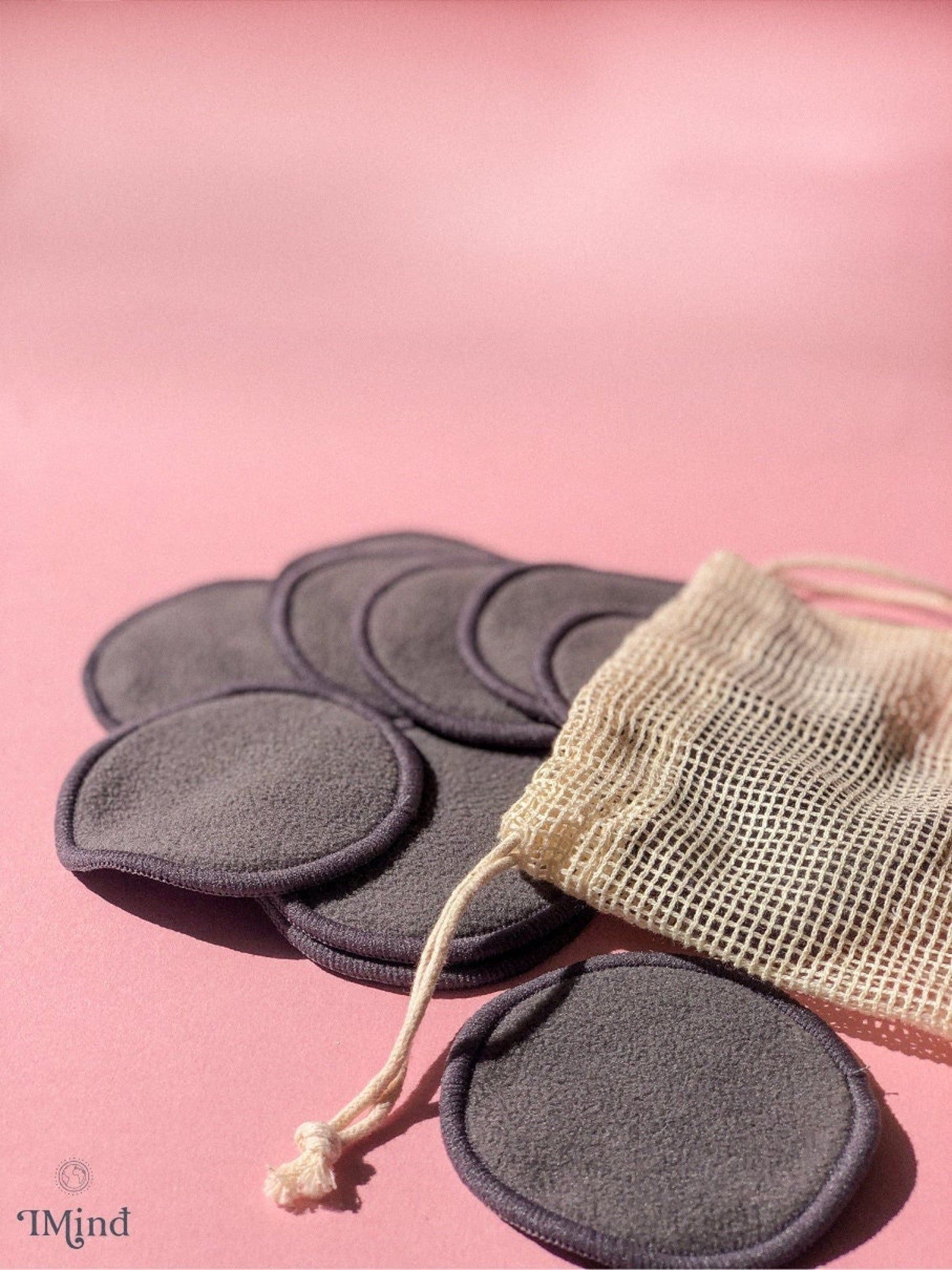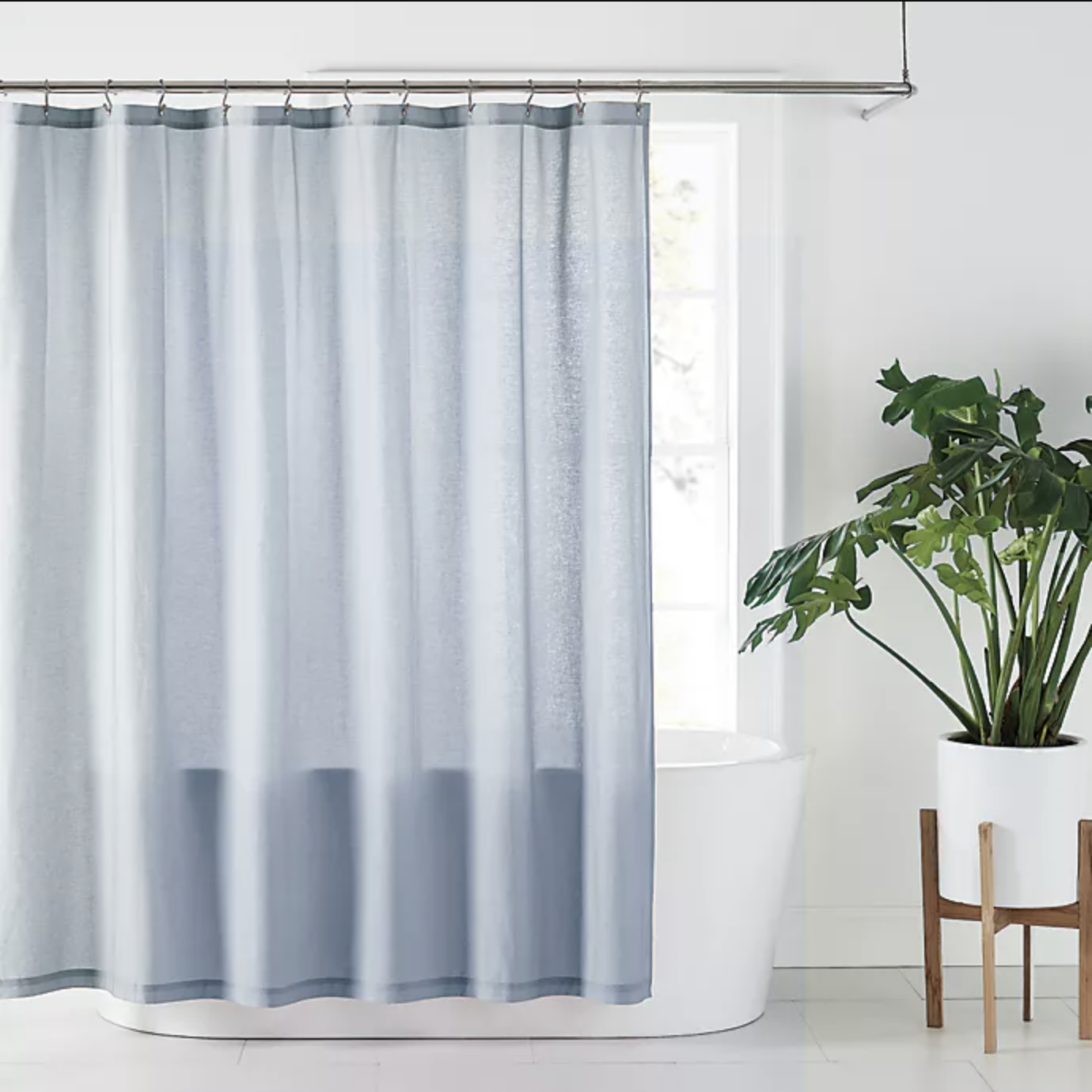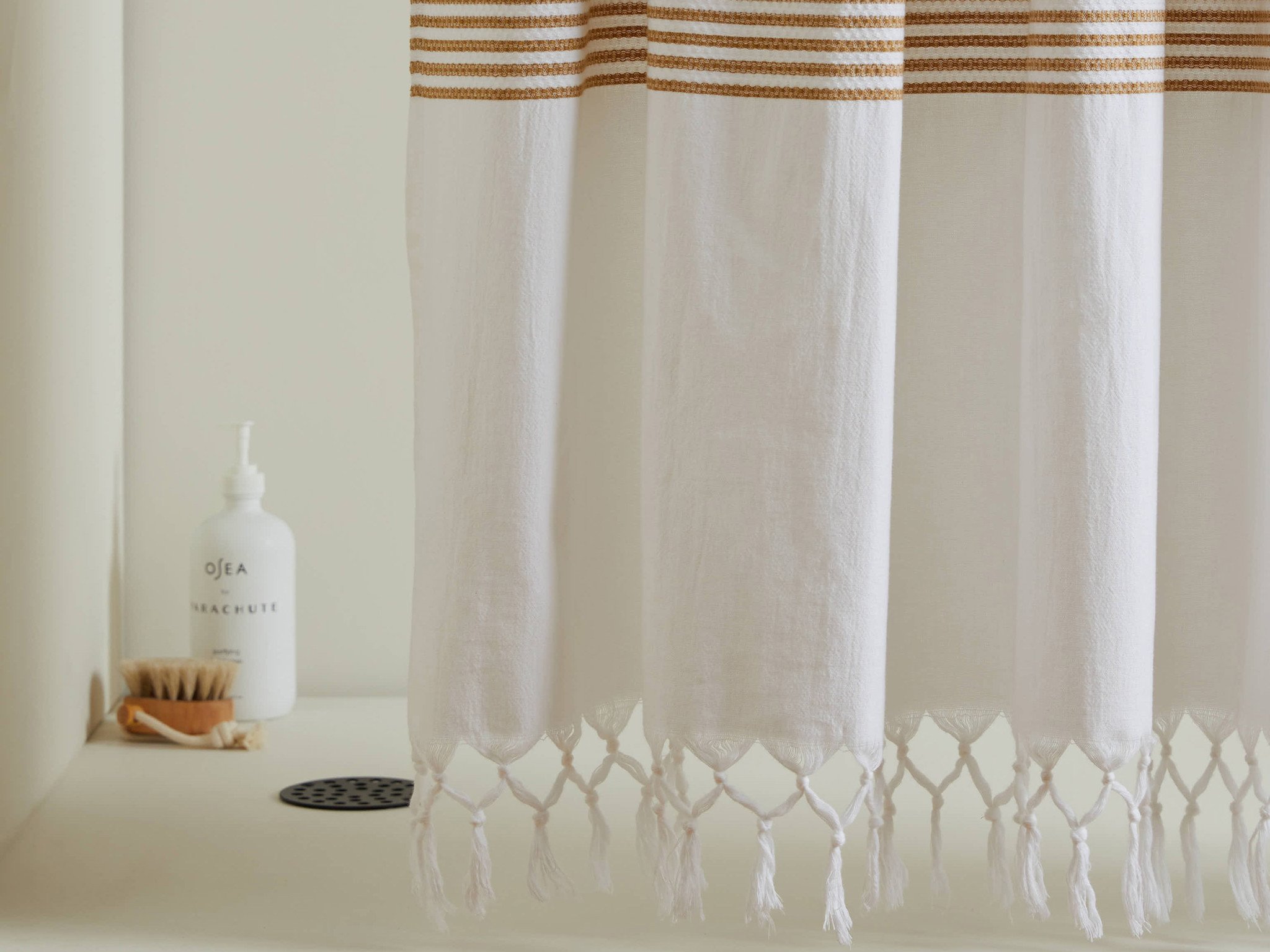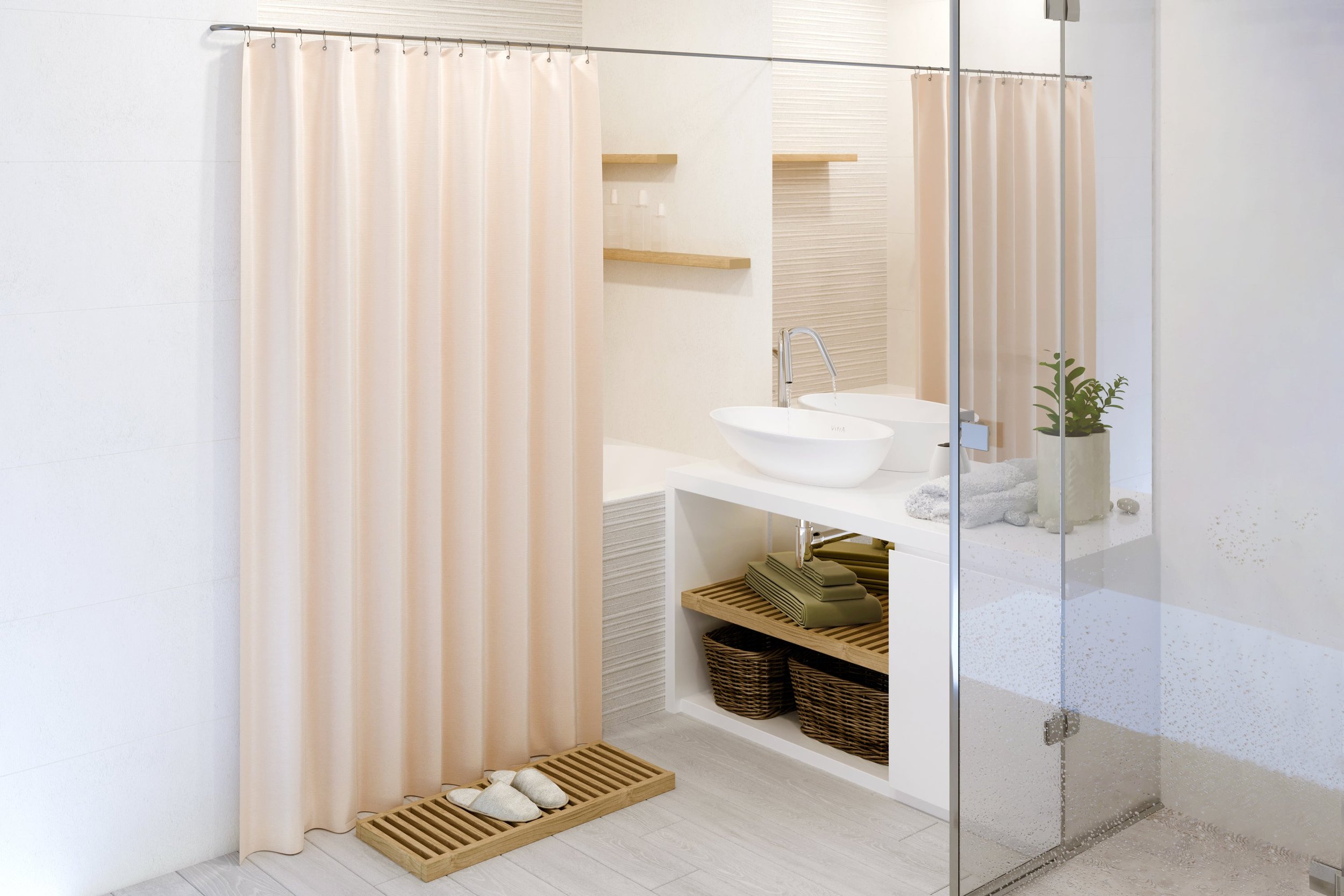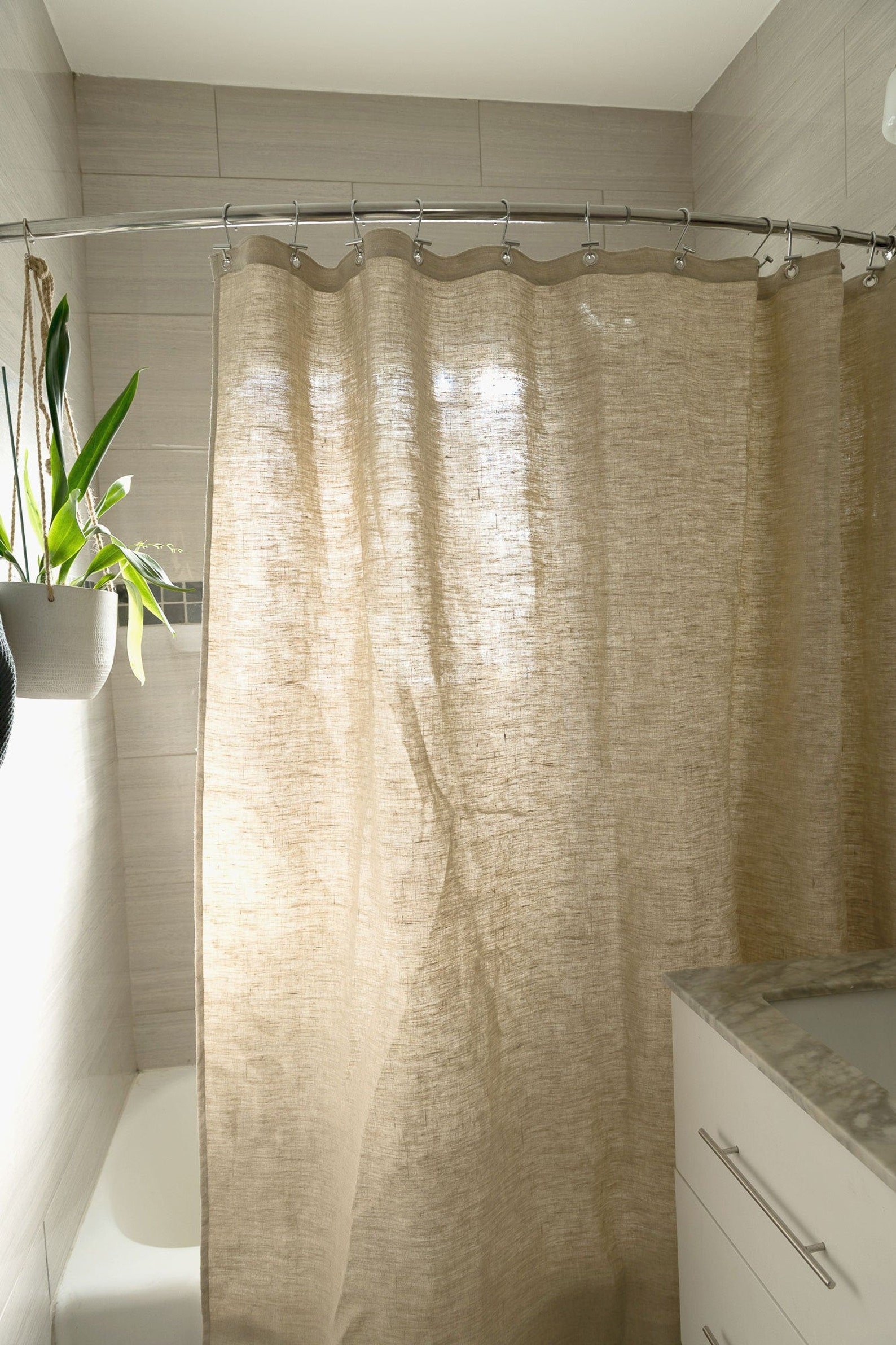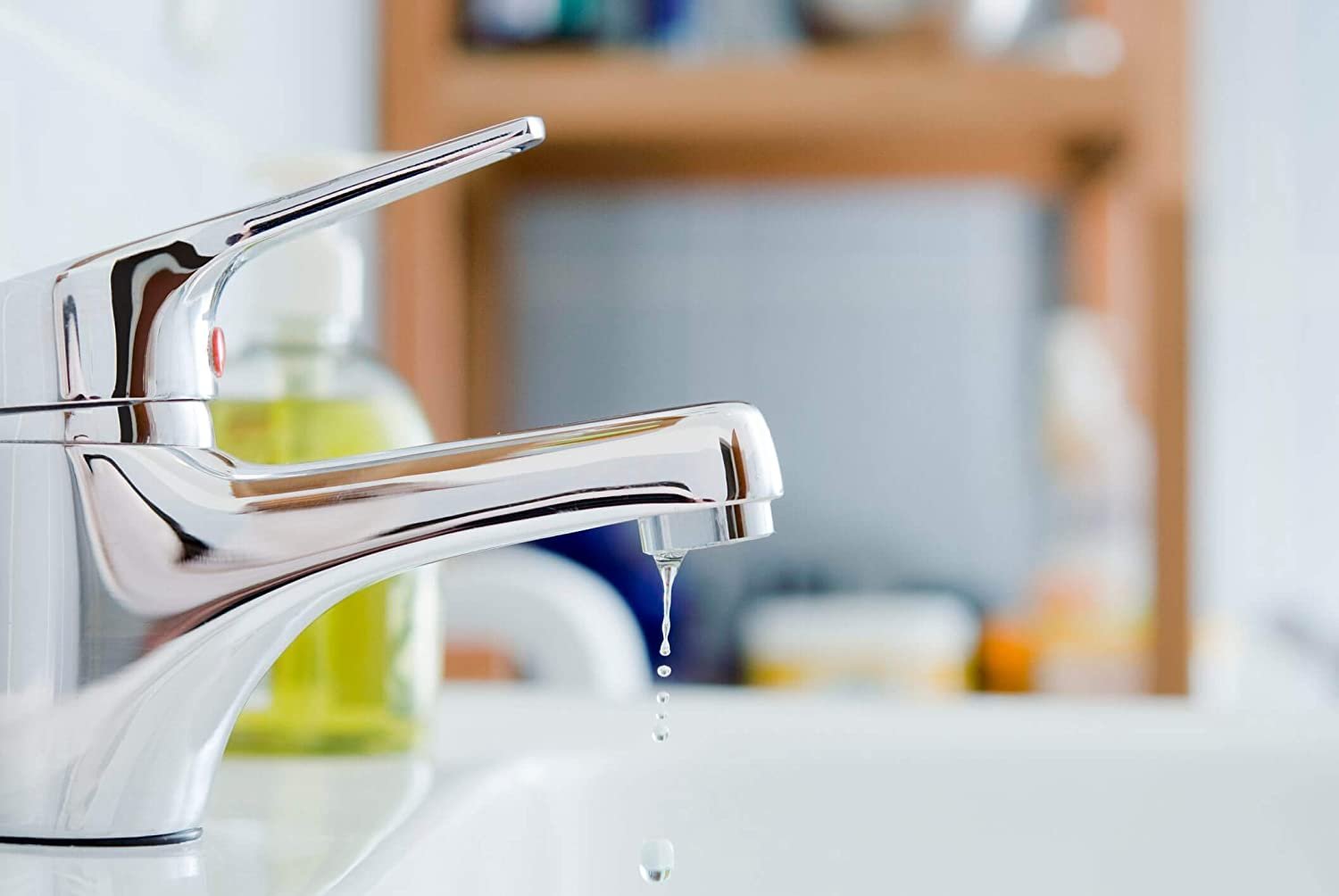8 Ways to Make Your Bathroom More Eco-Friendly
As an Etsy and Amazon Associate I earn from qualifying purchases.
“By 2050, there’ll be more plastic in the ocean than fish.”
Every year I am actively working on becoming more eco-friendly in my house and daily life, Including sustainable products and sustainable practices into our day to day is easier and cheaper than most people think. When assessing your home and deciding where to start, the kitchen and the bathroom generally have the most room for improvement as they have the most single-use products and most water consumption. Here are 8 easy, cheep, green alternatives for your bathroom that do not require expensive changes like buying a new water heater or renovating your entire space.
The Facts:
We create about 300 million tons of plastic each year but only about 10% of that is recycled. A lot of types of plastic aren’t recyclable and are not biodegradable which means they end up in a landfill or in our oceans. Eventually they break down into microplastics which makes its way into our water systems and wildlife’s stomachs. As a result, we are eating a credit card’s worth of plastic each week and 90% of the water we drink has microplastics.
As the world seeks to slow climate change, the end of mass deforestation serves as a major solution. Trees convert carbon dioxide but with less trees we have more greenhouse gases which increases global warming. In North America, about half of the forests on the east coast were cut down between the 1600s and late 1800s. One of the leading causes of deforestation is wood pulp which creates paper products like toilet paper, bath towels, and tooth paste, all staples in our bathrooms.
What about all those soaps and cleaning products we use in our bathrooms? Just washing and conditioning your hair can lead to 30+ chemicals being sent into our water system. While water treatment plants are successful at removing most chemicals, some are still discharged into our local waterways. Many cleaners have surfactants in them which, when introduced to our water, results in plants and animals being able to absorb pollutants more easily.
These are just a few of many reasons to go green. If it seems overwhelming, choose a couple to focus on, make them a habit, and repeat.
1. Green is the New White... Teeth
Everyday we squeeze a glob of toothpaste onto a toothbrush and, hopefully, follow it up with a floss. That's three products we keep in our cabinets that for the majority of people are plastic.
TOOTHBRUSH: Over 1 billion toothbrushes are thrown away in the United States annually (Foreo) with the average toothbrush being made from polypropylene plastic and nylon which can take up to 500 years or more to decompose (WWF). The easiest solution to this is a bamboo toothbrush that you can just compost when at the end of its run. Luckily, they are easy to find and there are subscriptiuon services like Bite. There are even bamboo electric toothbrushes these days!
TOOTHPASTE: According to Bite, "Over 1 billion toothpaste tubes with harsh chemical residues end up in landfills each year". Switching to chewable tablets eliminates the need for plastic packagaging and gives you the perfect amount of toothpaste every time. Don't like the idea of chewing a toothpaste tablet? This company uses a metal tube with a metal key (to squeeze every bit out) and are lined to keep the toothpaste from touching the metal.
FLOSS: Floss is usually made from nylon or plastic filaments which makes it hard to recycle and due to its size, often finds its way into our oceans. Even worse, the package floss is stored in can take 500-1000 years to decompose (Grove). Opting for a floss that is plant-based like corn or bamboo is your best option. There are silk alternatives however those are not vegan.
2. You're Toxic, I'm Switching Cleaning Products
As I highlighted earlier, a large portion of cleaning products end up going down the drain and doing damage to our planet and its biodiversity, not even counting that most come in plastic packaging. There are so many companies that have eco friendly house cleaners these days. Alternatively there are plenty of home-made options you can try as well. Baking soda and vinegar are your friends!
- Blueland (not an affiliate I just love them) which sends you glass bottles (bonus points for no plastic), you fill up the bottles with water, and you drop a tablet in which in turn makes the cleaning mixture. Whenever you run out they just send you more tablets.
- Buy a resuable glass spray bottle and make your own shower cleaner:
- combine 1 2/3 cup baking soda with 1/2 cup vegetable oil-based liquid soap.
- Add 1/2 cup water and 2 tablespoons vinegar.
- Shake before using. Apply with a cloth or sponge and rinse well.
- Toilet tablets: These fun, fizzy sisters to bath bombs are really easy to use. Just drop in the toilet, let sit, scrub. Zero waste and easy on our water ways.
3. Go Bamboo
Bamboo is truly one of the most impressive plants on earth. It can grow 3 to 4 feet a DAY and it’s a great alternative to cutting down rainforests. Additionally, the farming of bamboo requires no artificial pesticides and involves no clear cutting, which means it’s less disruptive to the local species that reside in bamboo groves.
There are so many products out there that are made from bamboo that are easy to switch to while still being cost-effective, cute, and functional. Bamboo is a great replacement for plastic and cotton. Cotton farming uses 3% of global water and causes billions of damage each year, however, organic cotton is good, so make sure to read those labels.
Some of my favorite shops are Bamboo Switch, Brooklyn Made Natural and Juturna Studios.
4. Toilet Talk
Roughly 27,000 trees a day are felled worldwide for toilet paper. Personally, this is one of the easiest things to switch with one of the biggest impacts. If each American household bought just one roll of recycled TP, we would save 400,000 trees. Bleaching alone adds 235,000 tons of chlorine into local water. Why does toilet paper have to even be white? Using recycled TP saves “about half the water usage and one third of the energy used to produce conventional toilet paper (Pure Planet Club).” Now that I have convinced you to switch, here are three ways one can go:
RECYCLED TOILET PAPER: Perhaps the easiest to find in your local stores, the biggest benefit of 100% recycled toilet paper is that it can be created without using any new materials. Plus, the materials can be sourced locally (less carbon footprint) compared to bamboo which is mostly grown in China. Recycled toilet paper is also reasonably cheap however it is often packaged in plastic so try to opt for a brand that doesn’t use that. Lastly, it is generally not as soft as bamboo options.
BAMBOO TOILET PAPER: We already know the perks of bamboo on the environment so what about for your bum? It is harder to find in stores, however companies like Who Gives a Crap (which is what I use, use this link for $10 off), has a subscription service for no hassle delivery. The packaging for bamboo toilet papers is generally paper or compostable however it is more expensive than most recycled options.
BIDET: Common in countries like Japan, bidet usage is growing in other countries especially with brands like Tushy. All it takes is a small amount of water and that’s it!
5. Bars of the Soap Variety
Many people use bars of soap and yet shampoo and conditioner bars, although growing in popularity, are way less common. According to Johnson & Johnson, 552 million shampoo bottles end up in US landfills every year. Using bars eliminates the need for any packaging, plus they are extremely easy to travel with. If bars are just a hard no for you, find a business near you that allows you to bring in your own glass container for refills.
There are two big brands I recommend for shampoo and conditioner bars: Ethique and Butter Me Up Organics.
6. Reuse Not Single Use
This is a hefty section as so many items in our bathrooms are single use: cotton balls, makeup removers, wipes, cotton swabs, tampons, razors etc. One of my favorite brands is Last Object, You can find them on their site, Amazon and Anthropologie. They have re-usable cotton rounds, facial tissue and q-tips.
COTTON SWABS: Despite only being used for a short amount of time, as many as 500 billion q-tips are thrown out each year. These tiny things wreck havoc on our environment. To make it worse, cotton farming is extremely detrimental. According to WWF, each kilogram of cotton takes 20,000 liters of water to produce and it is the most pesticide-doused of all crops meaning its also the most toxic. There are two options here: single-use ear swabs made out of more sustainable materials like bamboo, meaning they are compostable OR re-useable ear swabs that you just clean after each use. They even come in different shapes.
COTTON BALLS AND PADS: Same goes for cotton balls and pads. Even worse, there can still be toxins left on the outside which you then proceed to rub on. your face. A lot of “cotton” balls aren’t even cotton, often having synthetic fibers instead which makes them single-use plastics. Reusable pads made with organic cotton or bamboo are a great alternative and when you are done, you just pop them in the laundry.
MAKEUP, CLEANING, AND FlUSHABLE WIPES: Wipes are considered one of the most wasteful products in the world! They are all single-use, packaged in plastic that most towns won’t even recycle, and often soaked in toxins. Most are made out of materials that don’t biodegrade or biodegrade very slowly, piling up in landfills for hundreds of years. One of my favorite alternatives is called MakeUp Eraser and I swear it is magic. Flushable wipes should just never be used for all the aforementioned reasons and also they wreck plumbing.
RAZOR: Billions of razors end up in landfills every year. You can go with a safety razor, generally made of metal with double edges, these offer a very close shave but can be intimidating to use or you can get a re-usable razor that shaves very similarly to your disposable but has replaceable heads.
TAMPONS: Plastic free periods are now an option with menstrual cups and discs from companies like Flex and DivaCup. They can hold more than a tampon, only needing to be emptied every 12 hours, and can last up to 10 years. Research shows that a cup generates only 0.4% of the plastic waste compared to pads and 6% of the waste compared to tampons.
7. Shower Style
Although they aren’t single-use, shower liners and curtains are most often made of polyvinyl chloride (PVC). PVC doesn’t decompose and is proven to release toxins into the air. That new “shower curtain smell” is actually toxic gases built up in the packaging that you then open and let out into your home. Unless it specifically says PVC-free, do not buy it. There are some other options for you though: organic cotton and hemp.
HEMP: Hemp is a plant that returns lots of nutrients to the soil and uses less water than other crops like cotton. It is the most sustainable option but also the most expensive. It is harder to find but hemp can be machine-washed and although its not 100% waterproof, it will dry out between uses.
ORGANIC COTTON: As with the other cotton products we have covered today, make sure it is organic. Again this is more expensive and harder to find but shower curtains are something that have very long life spans in your home.
8. H2-No
Perhaps the most obvious of options but I still felt I should include it. There are a few easy solutions and cheap replacements you can make to reduce water waste.
Turning off the tap while you brush your teeth can save 8 gallons of water a day.
Adding a tap aerator creates a more efficient flow of water.
Many states already require a low-flow rate but adding a low-flow shower head reduces water usage.
Replacing your toilet with a low-flow model can save 5,000 liters of water on average. Most toilets from the last couple decades are already low-flow but looking for high-efficiency versions gives you the most water savings.









